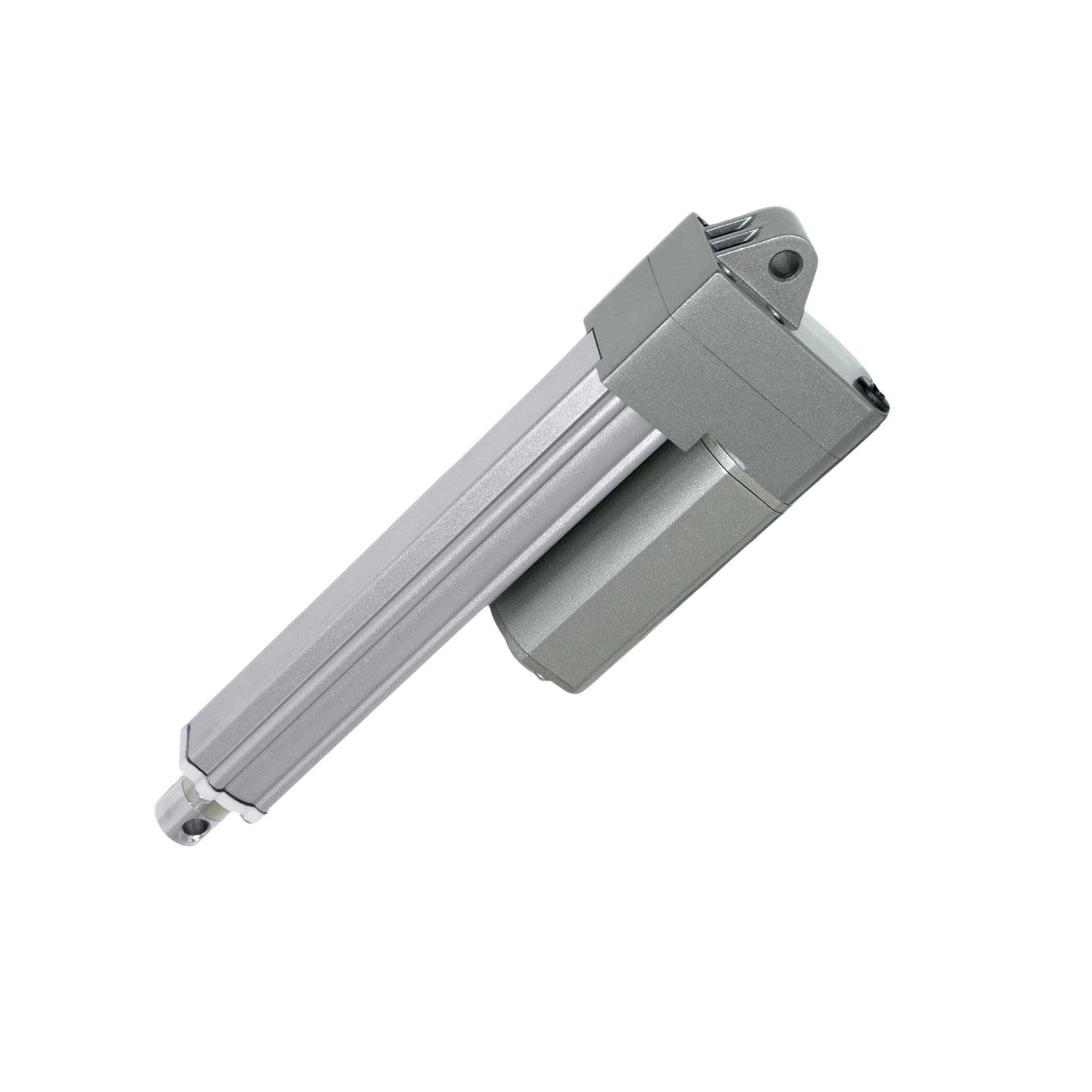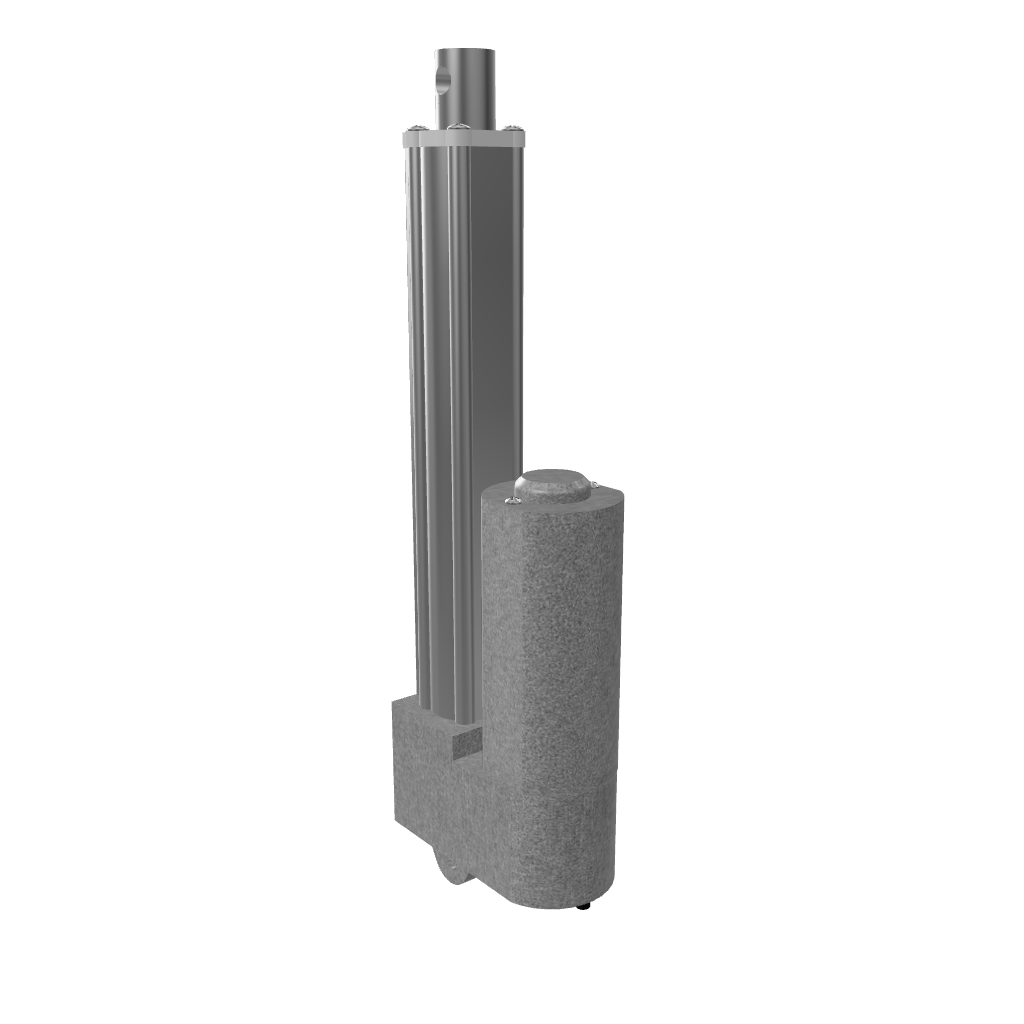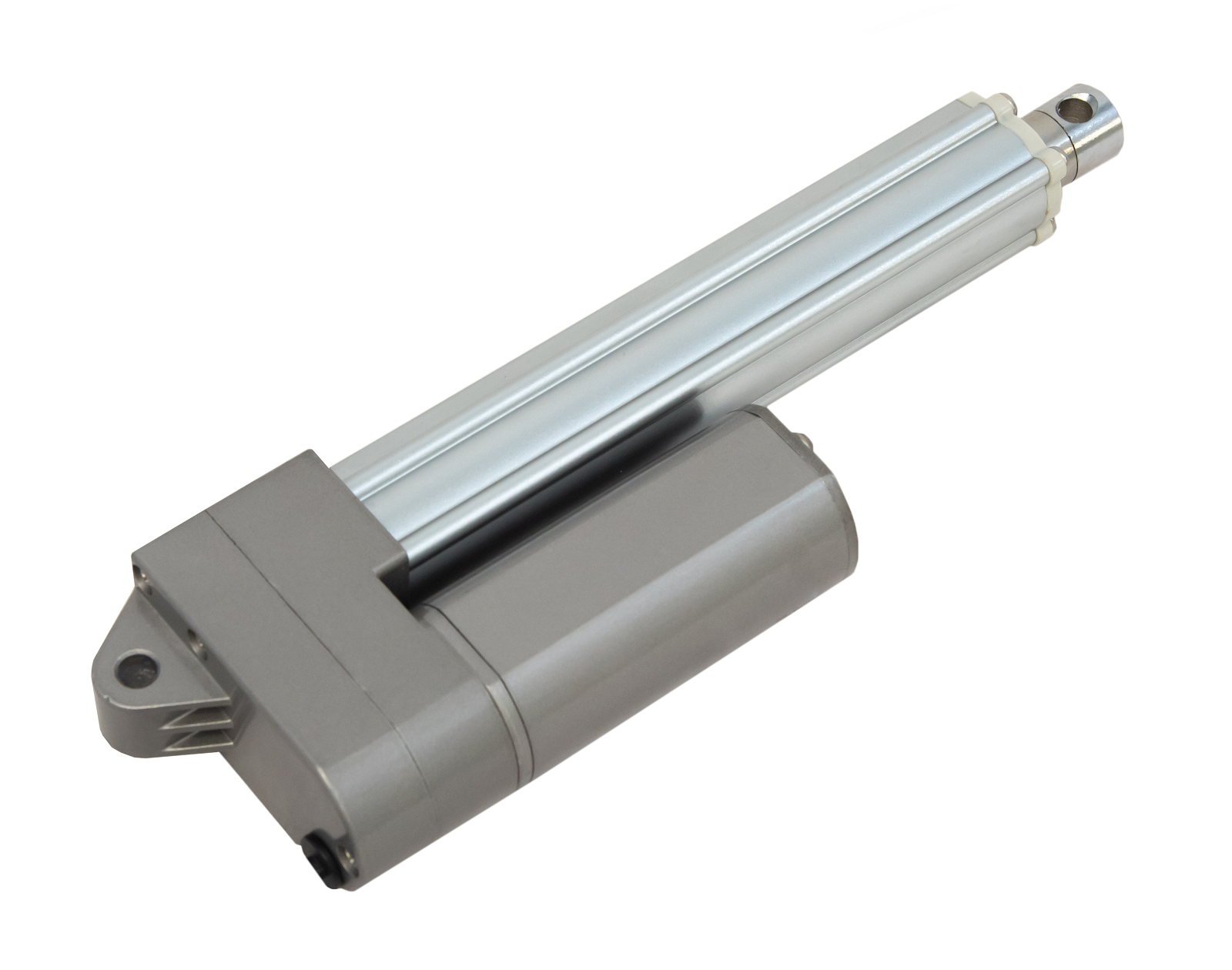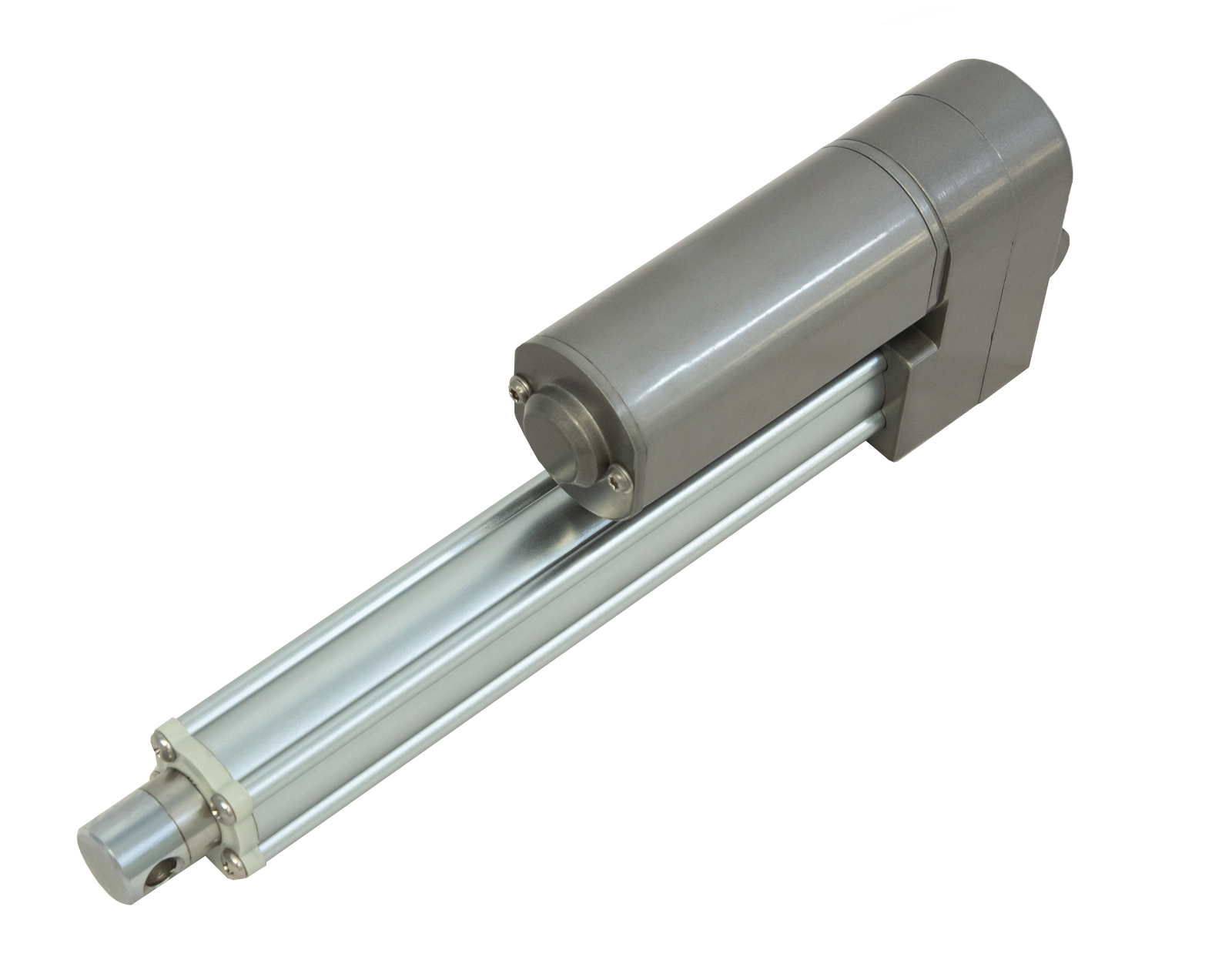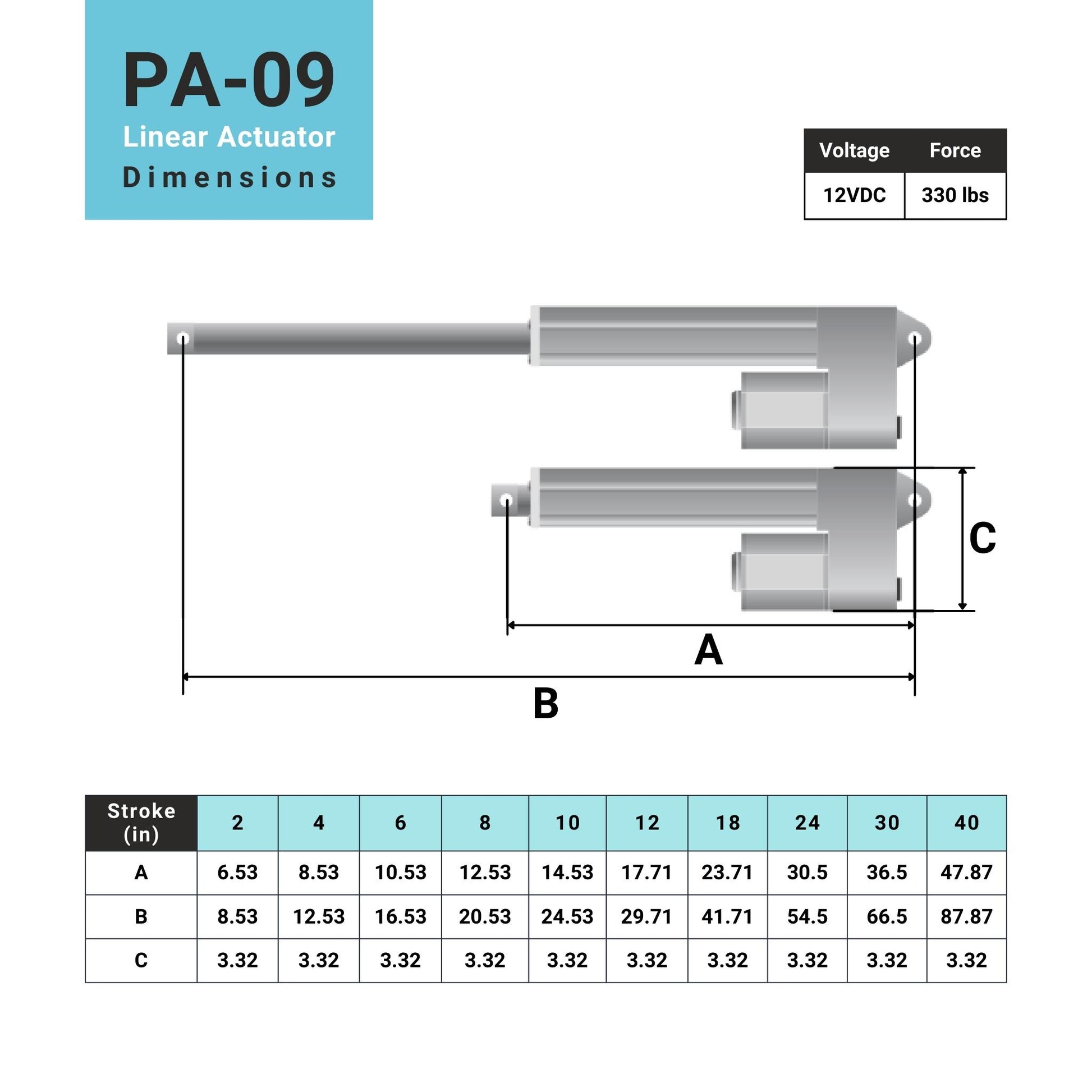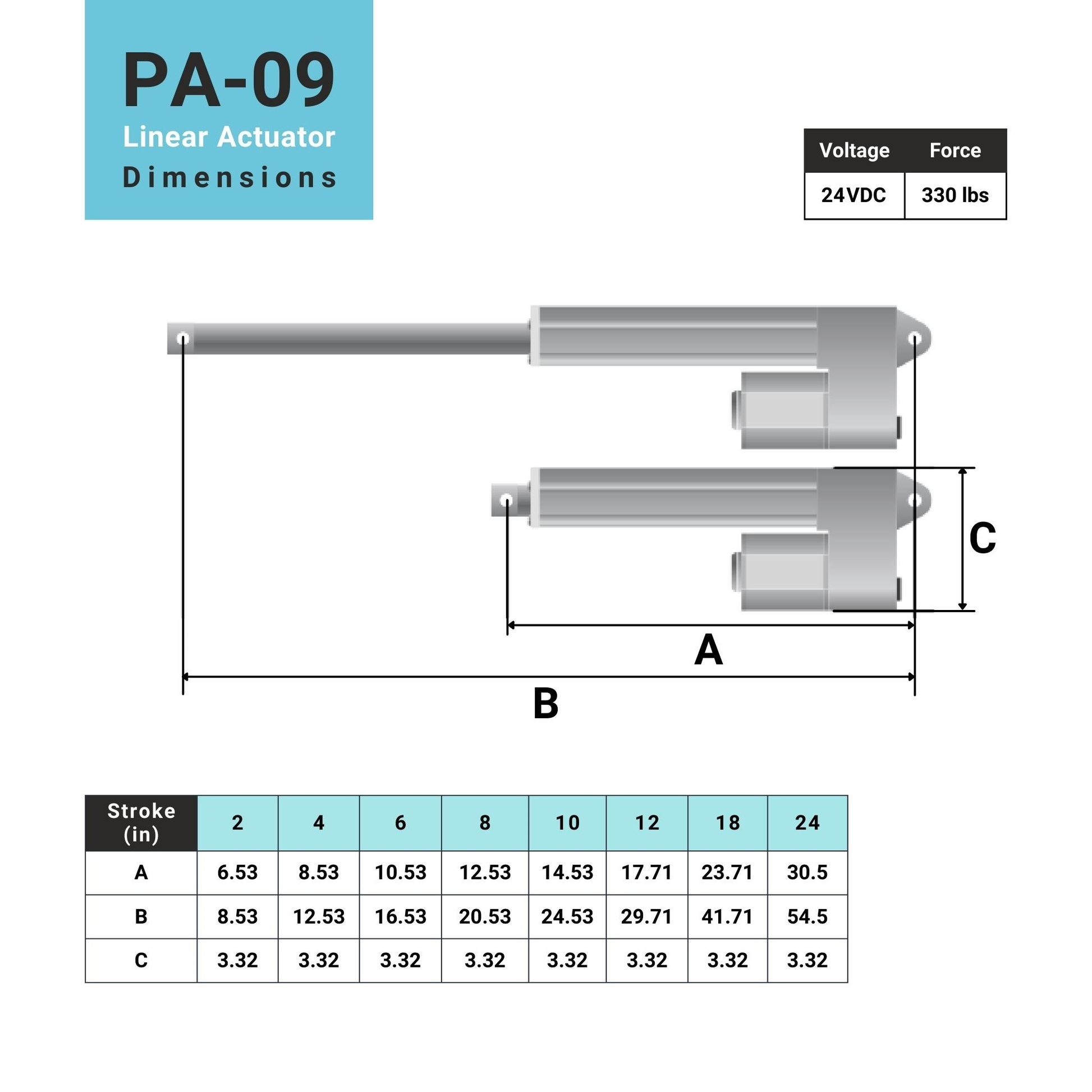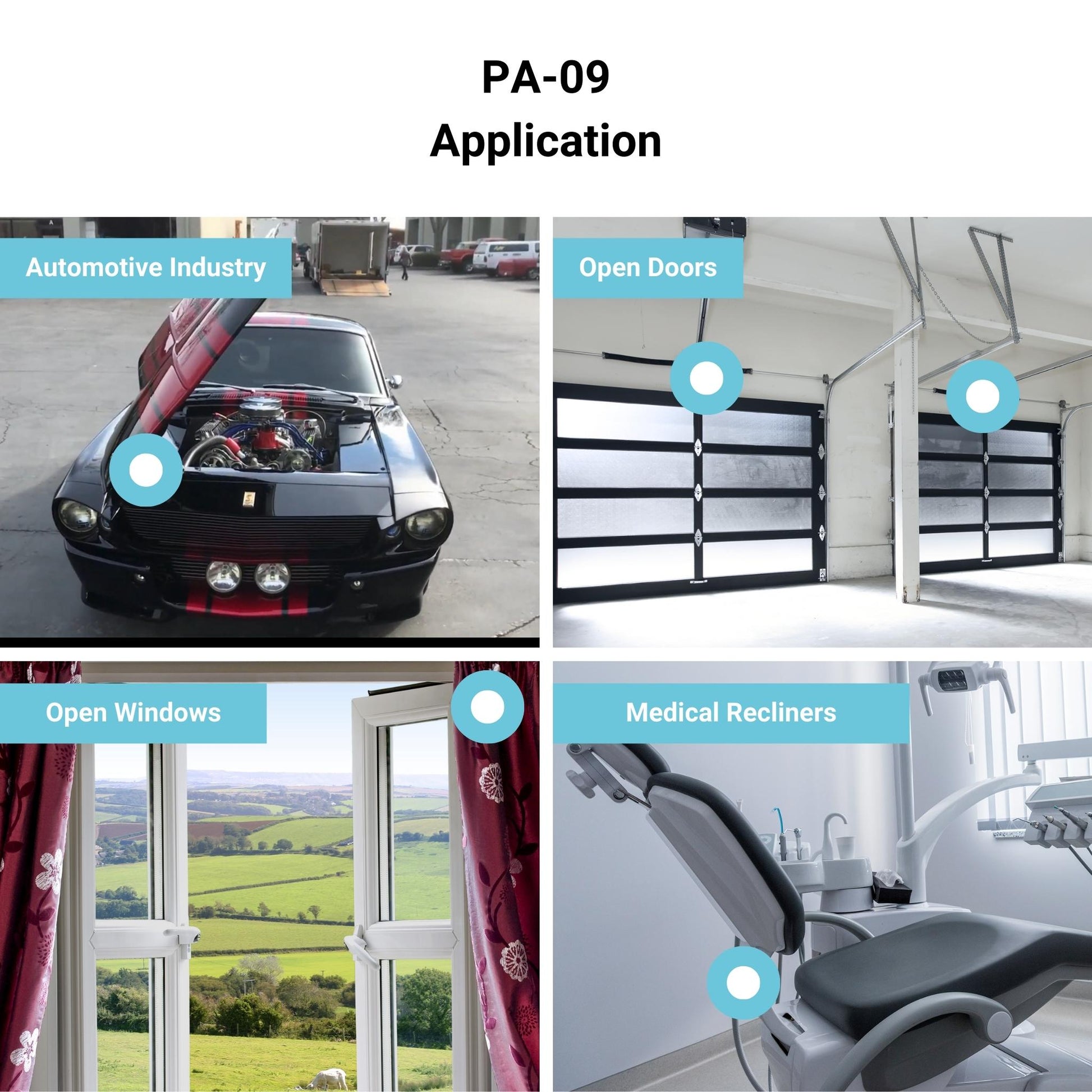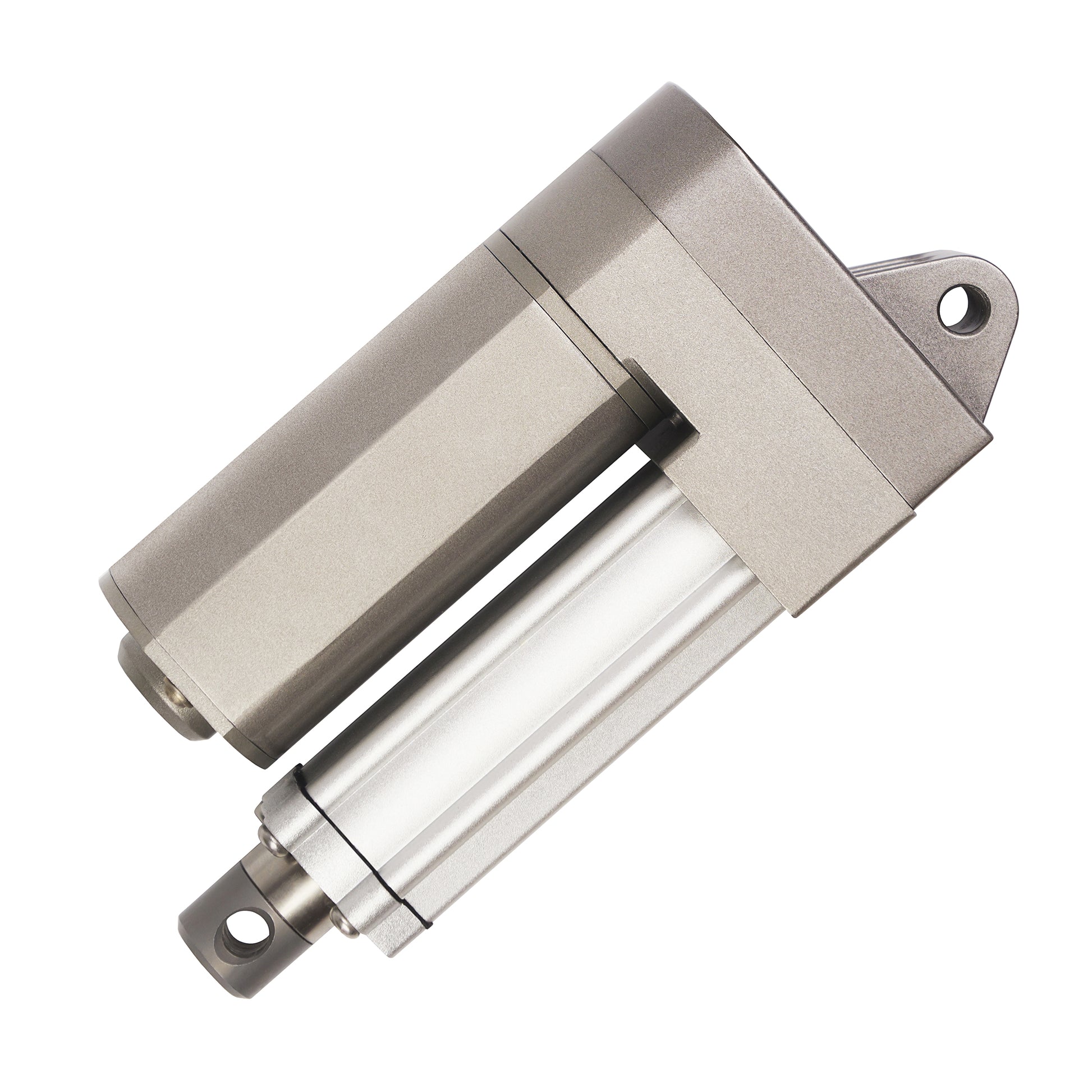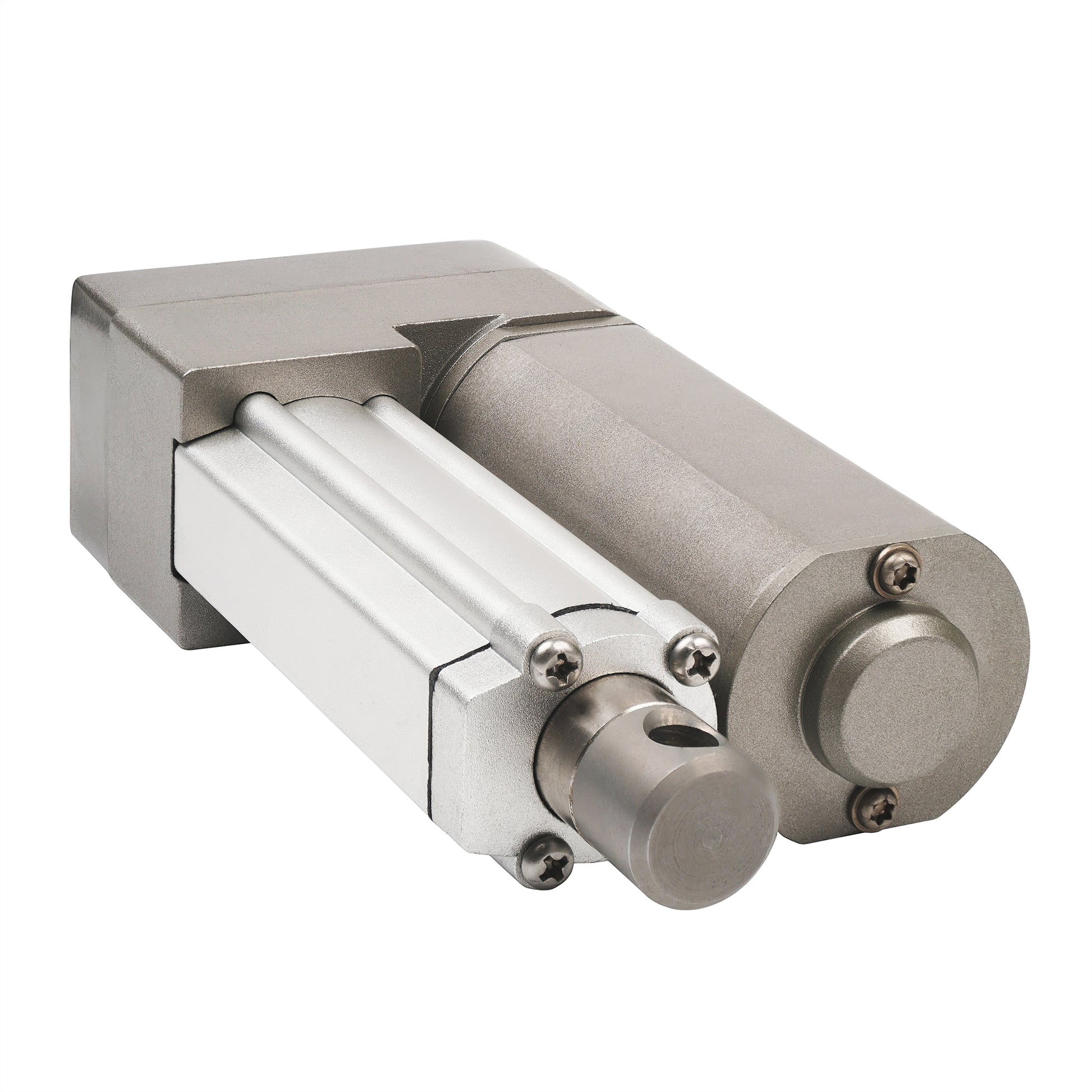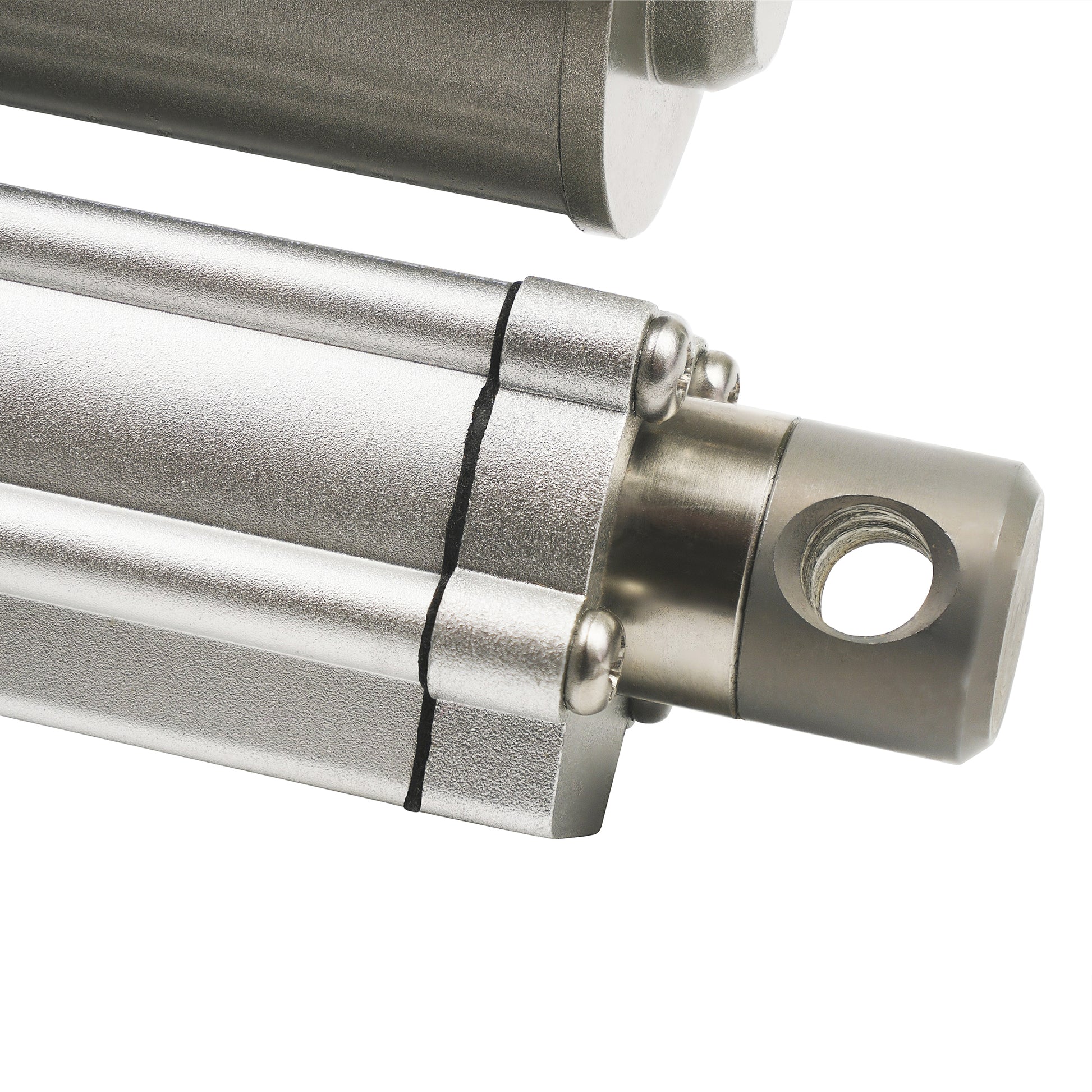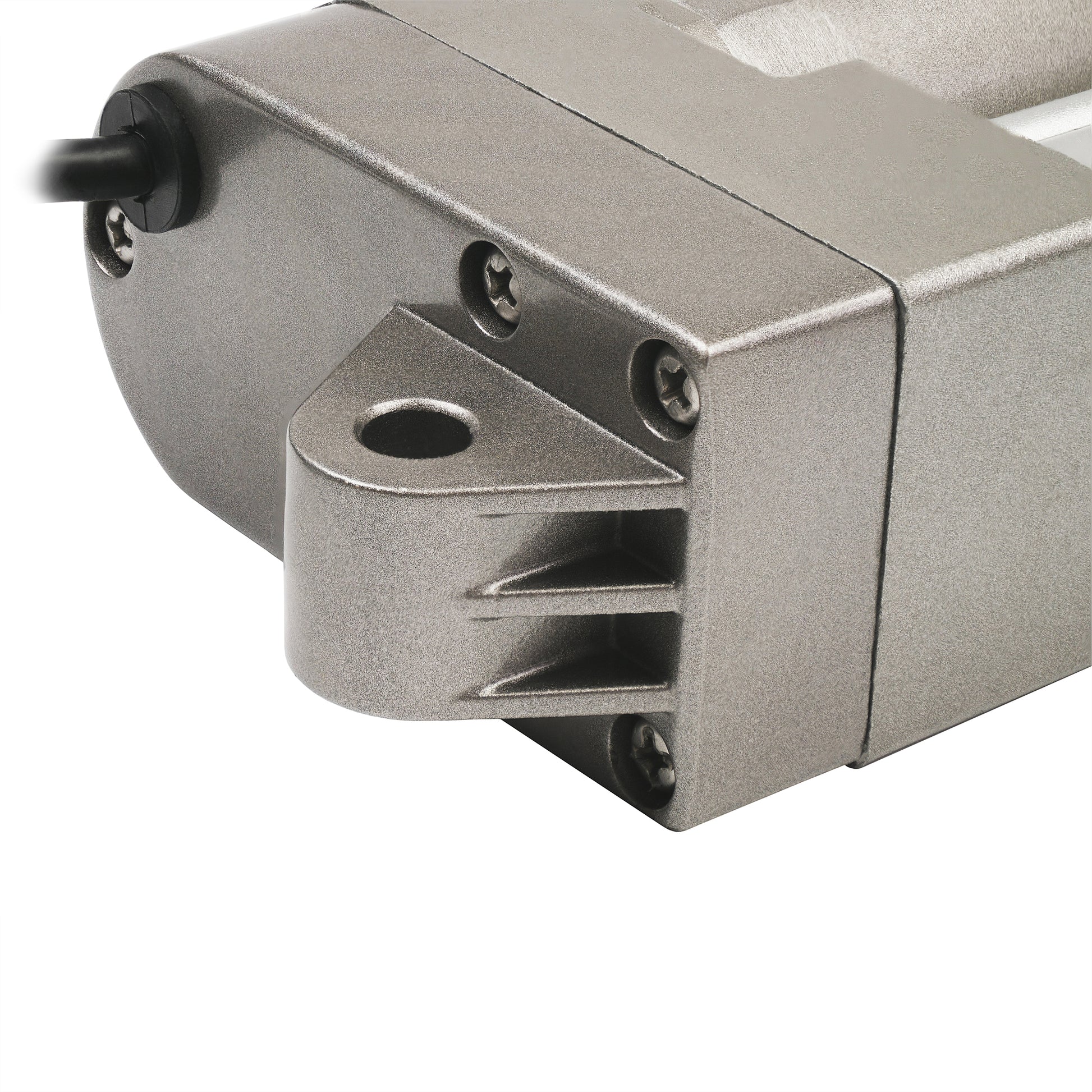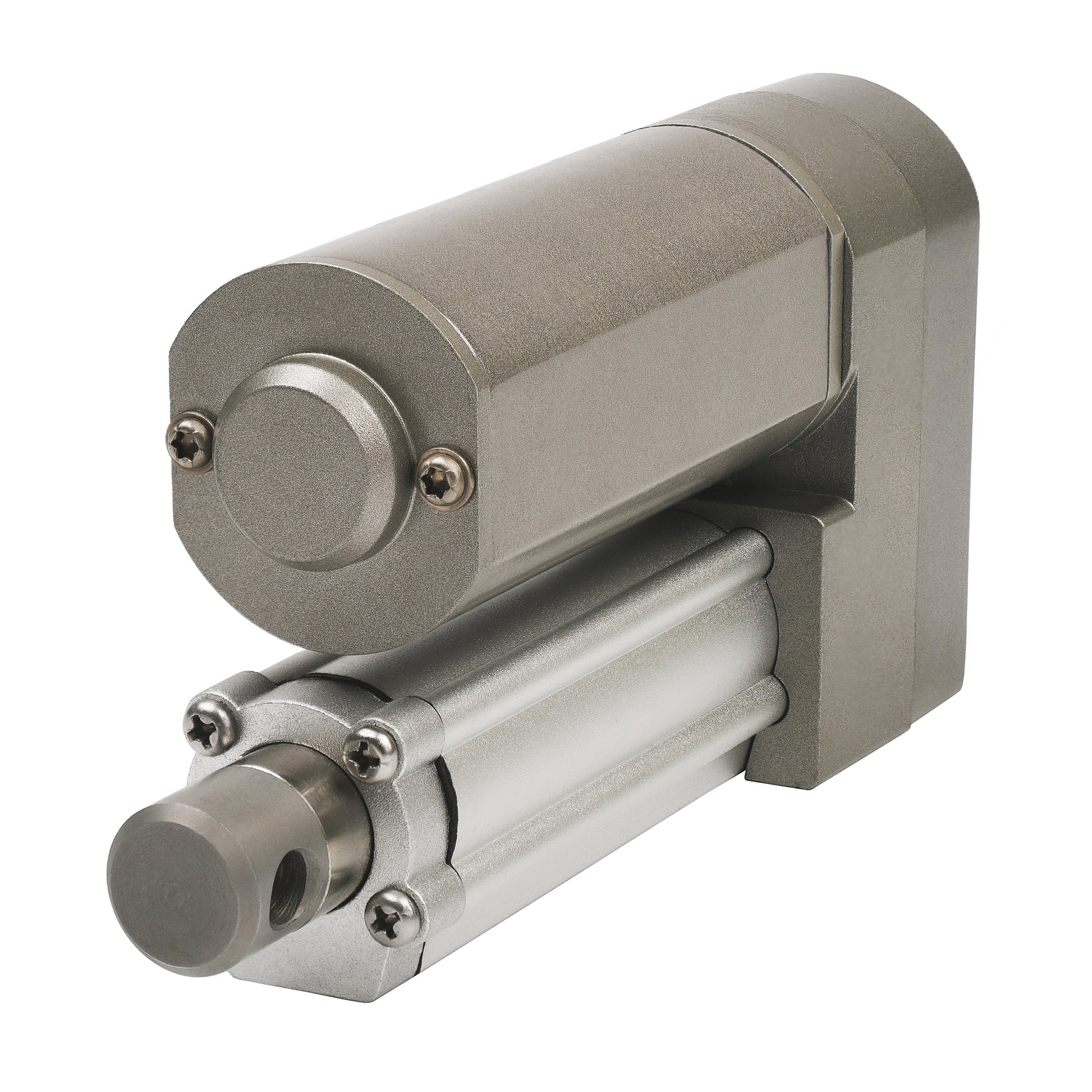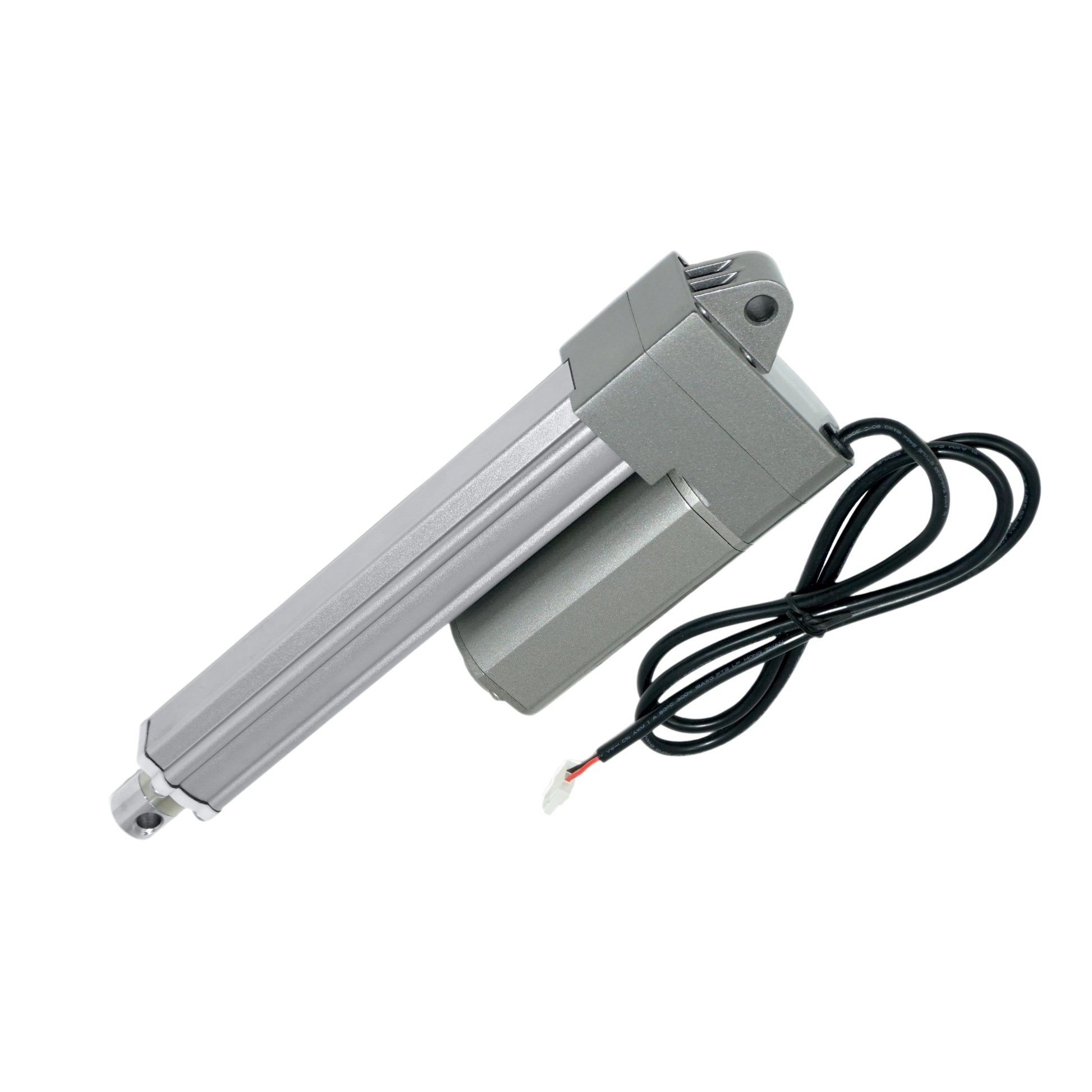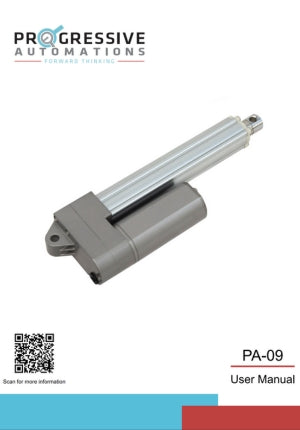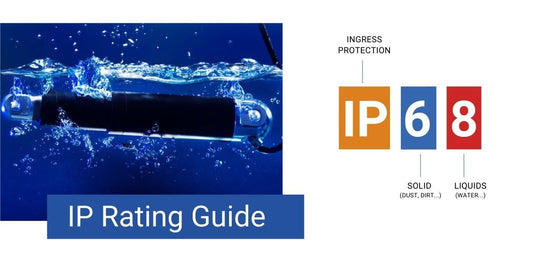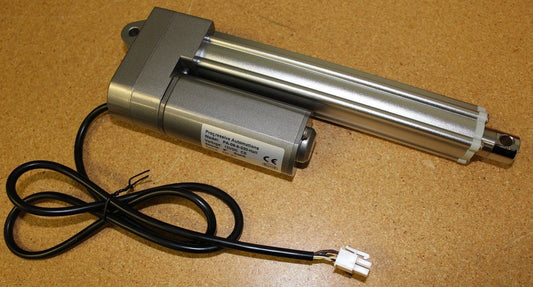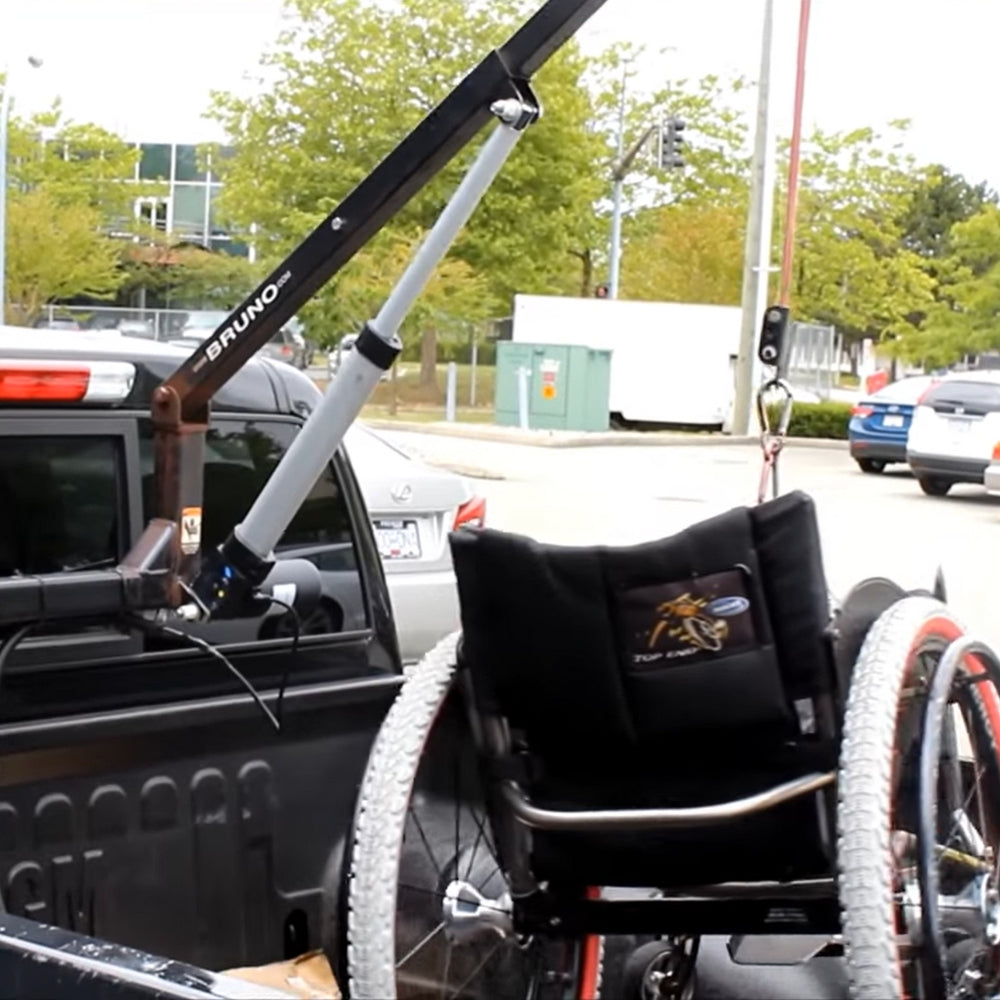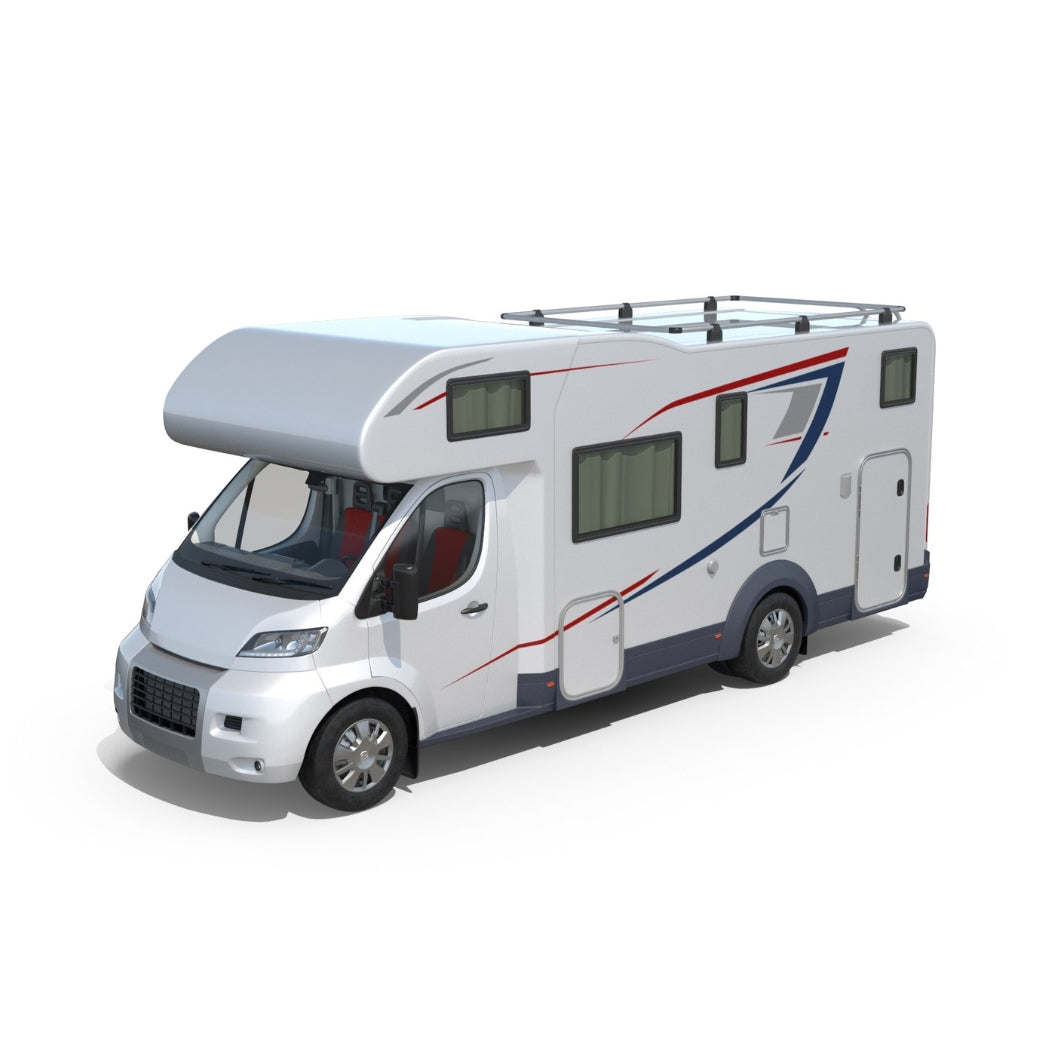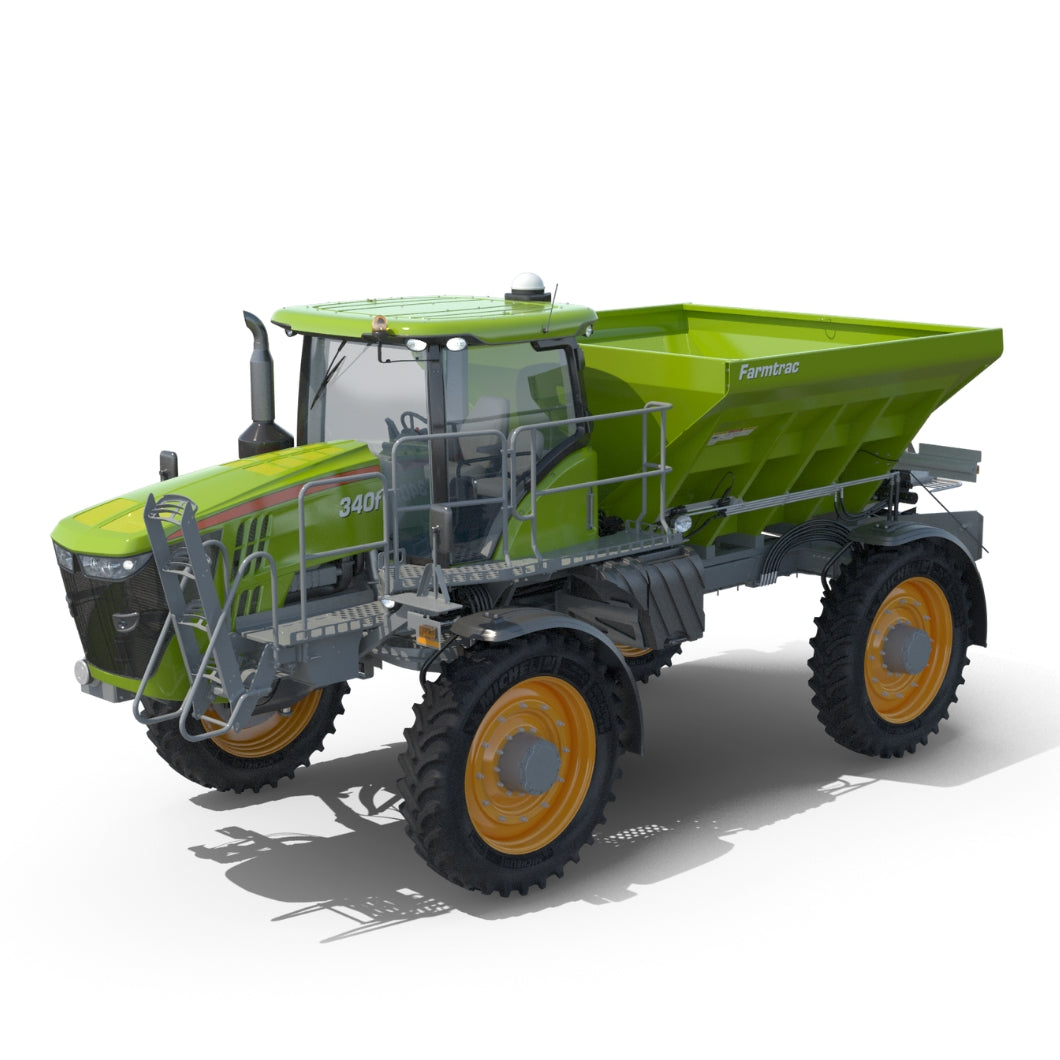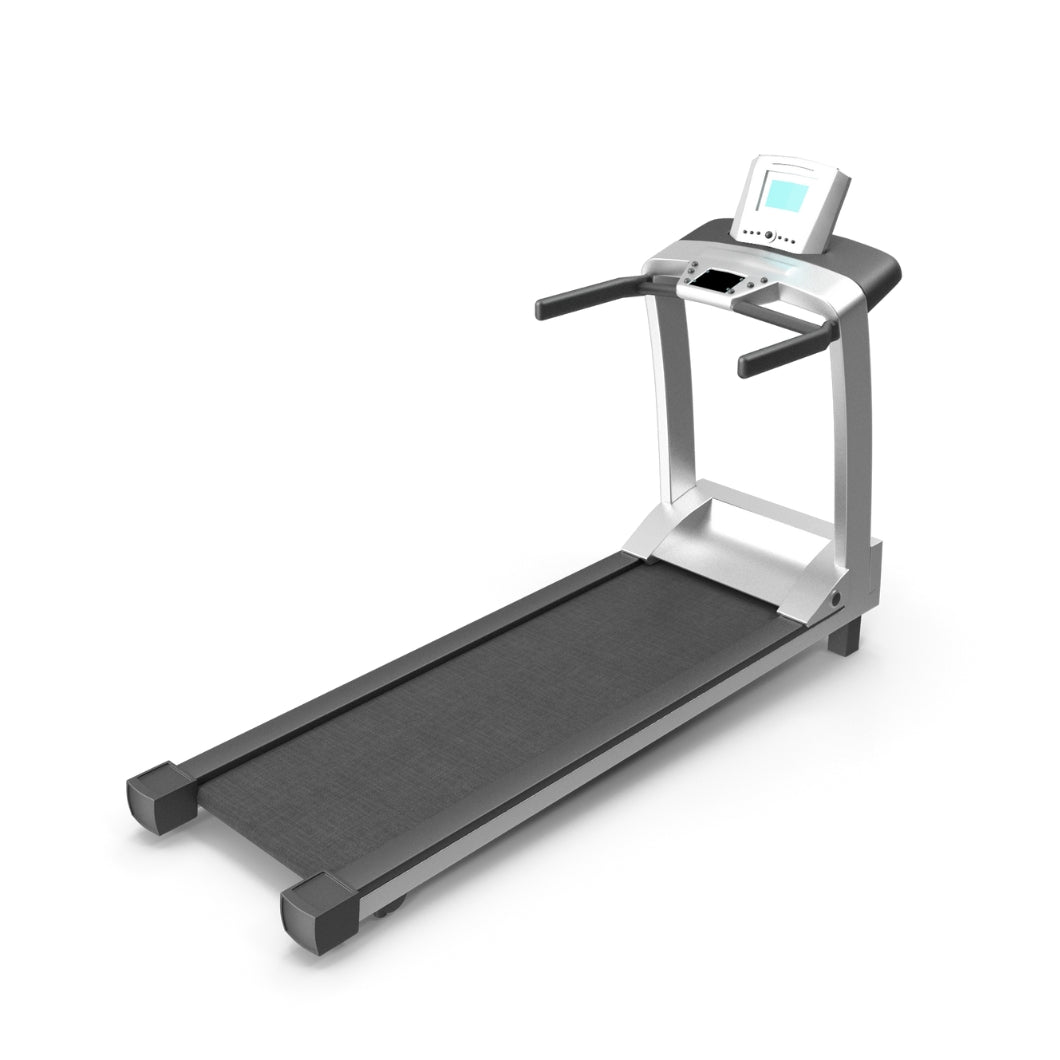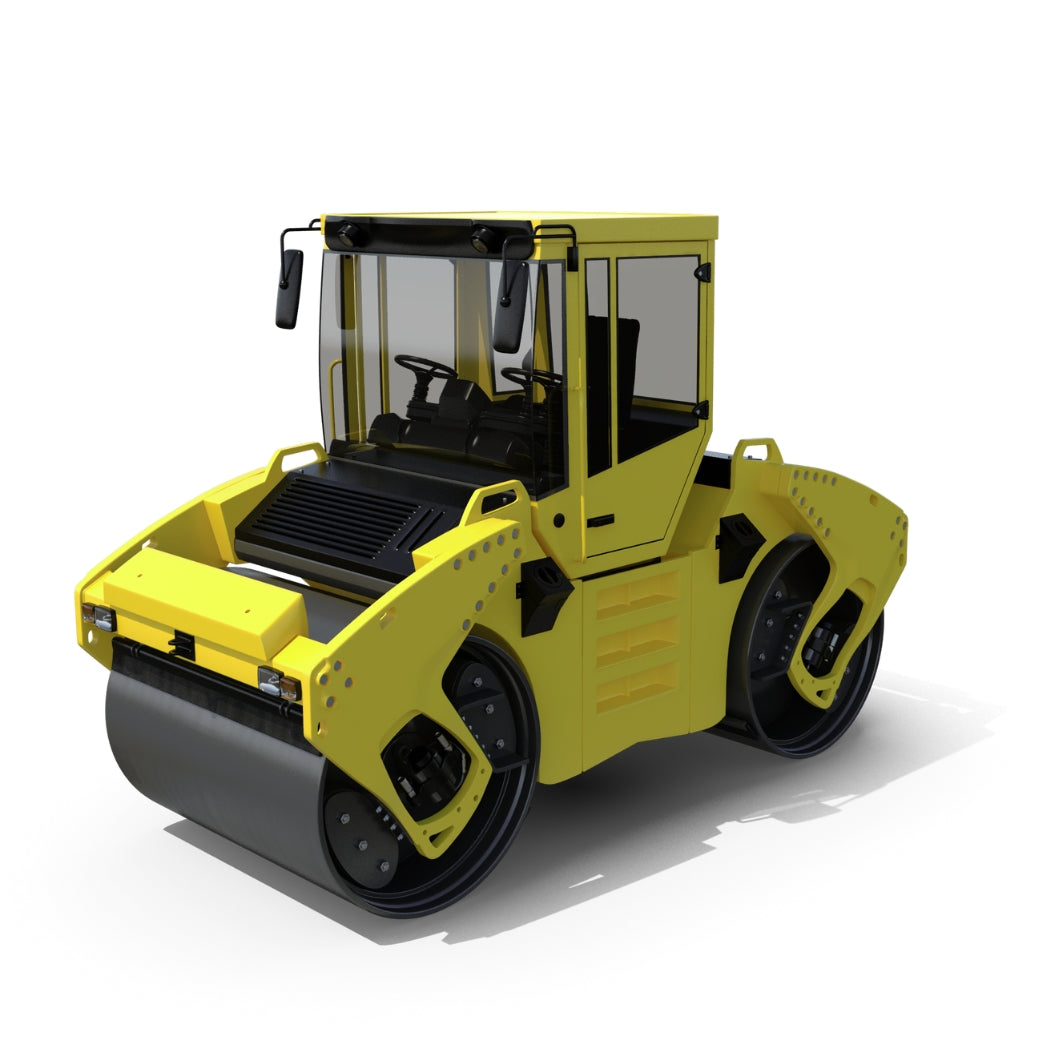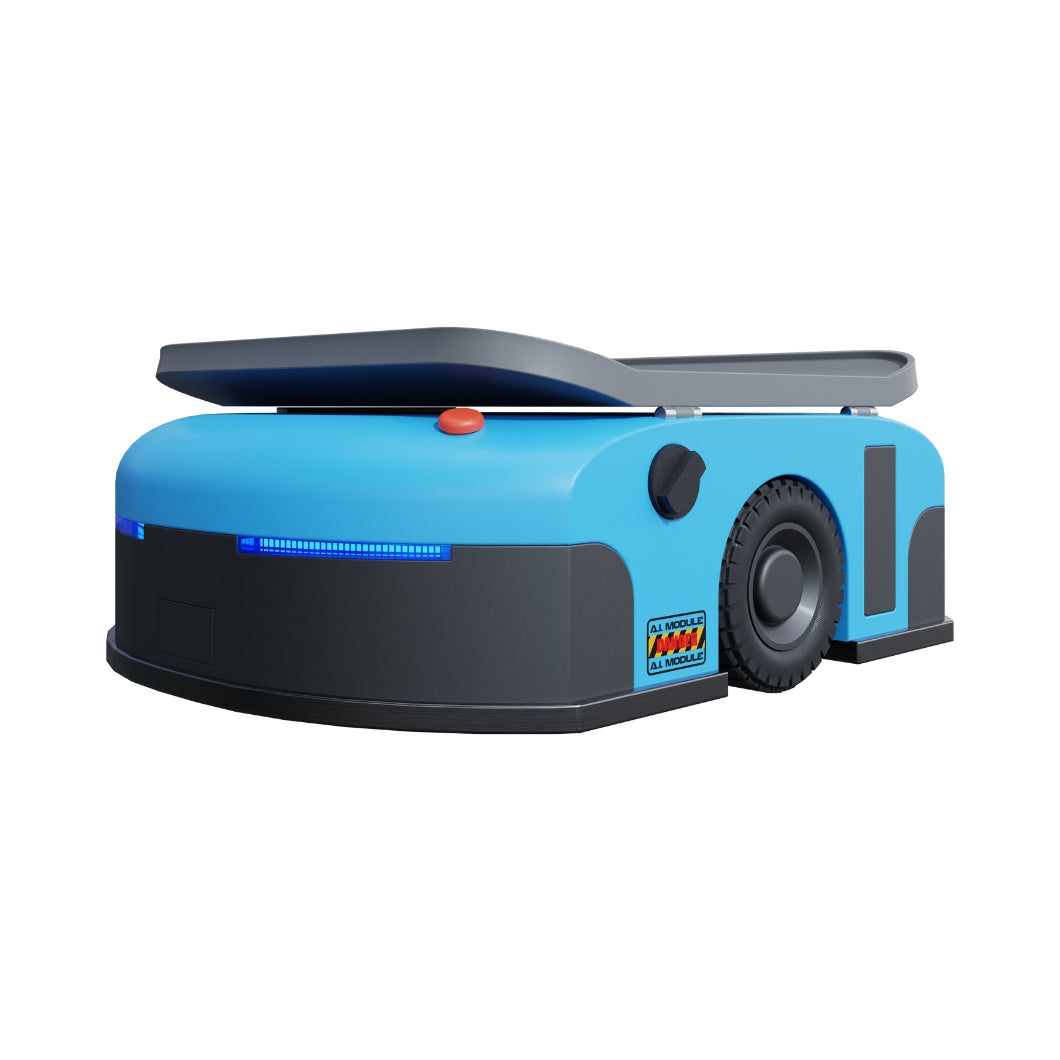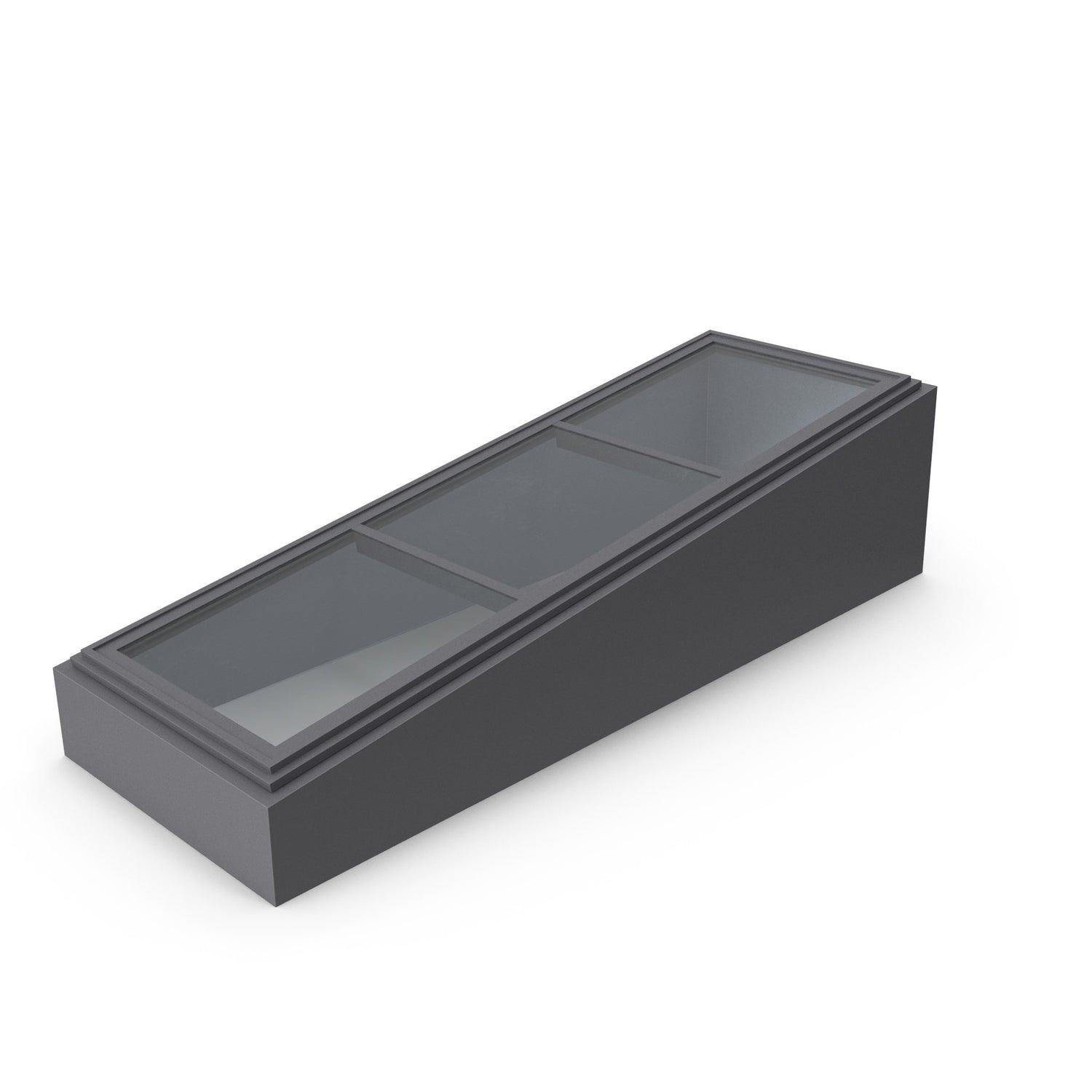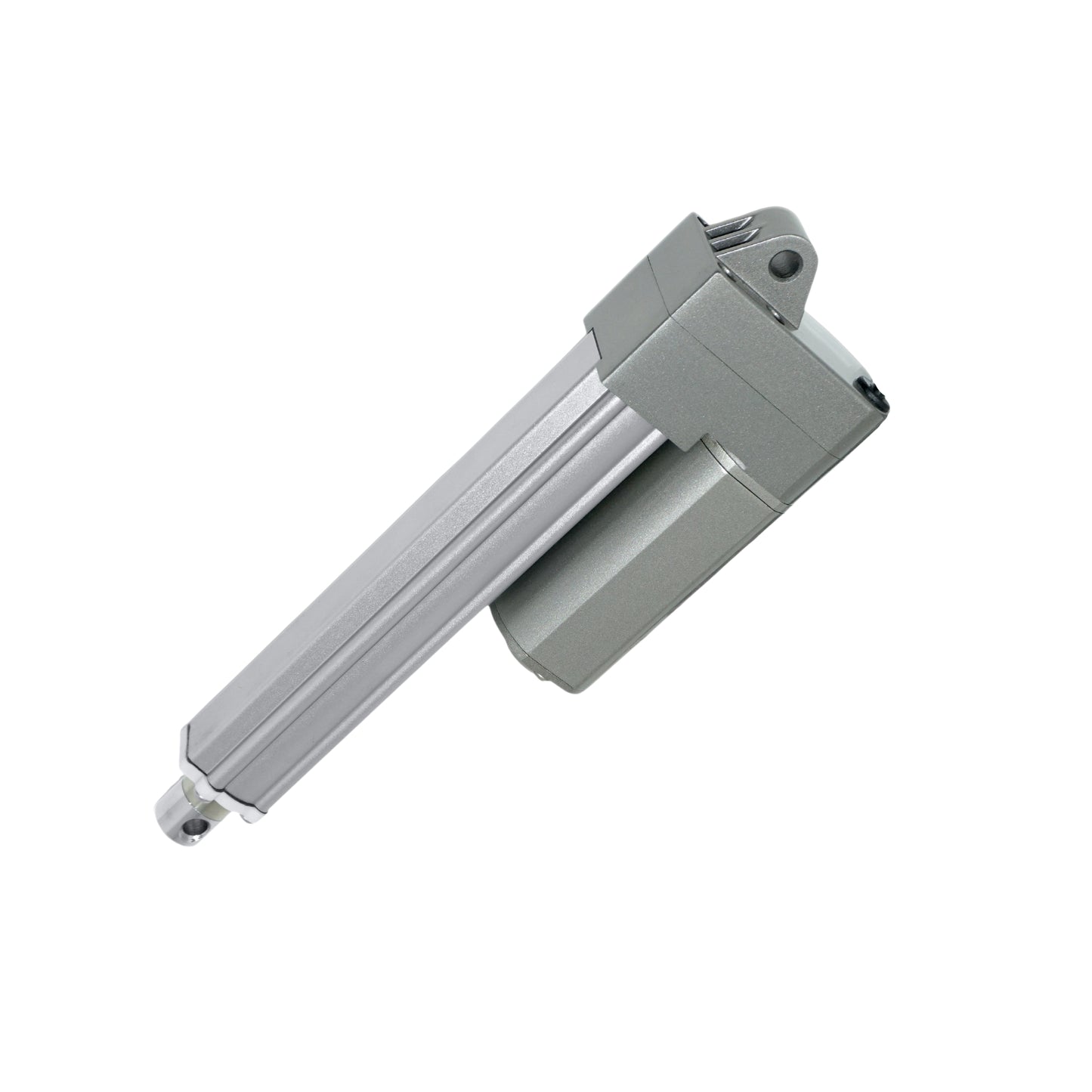
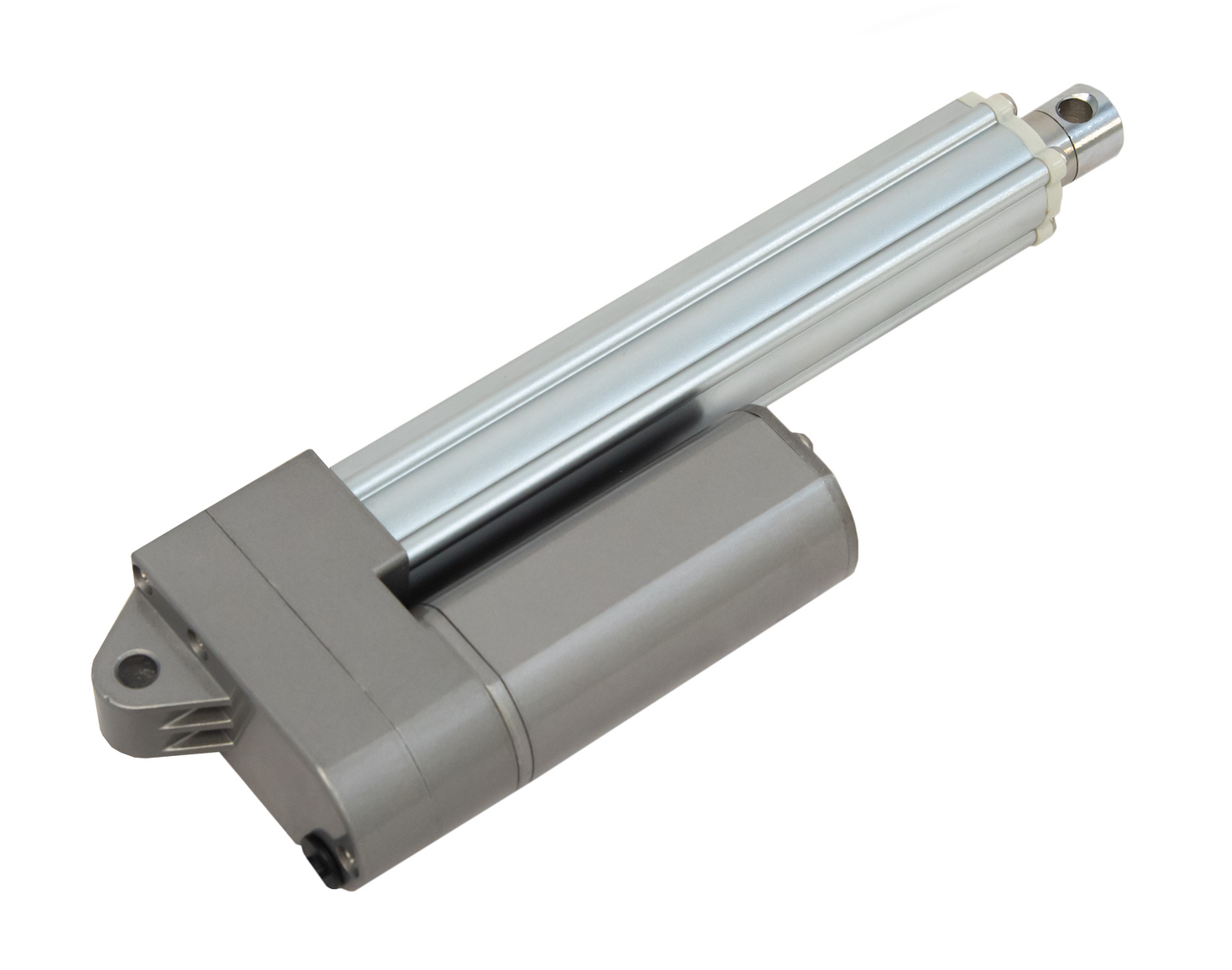
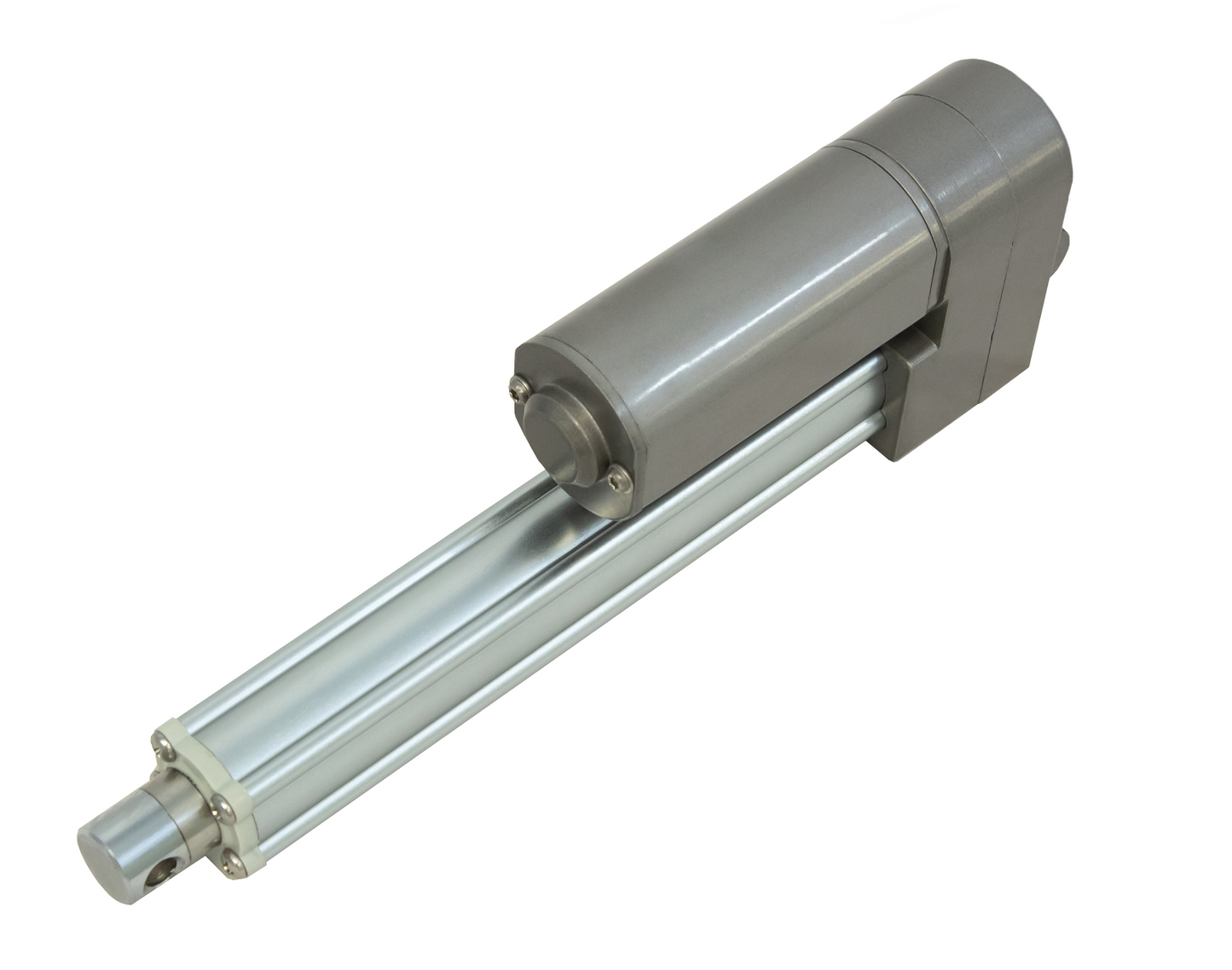
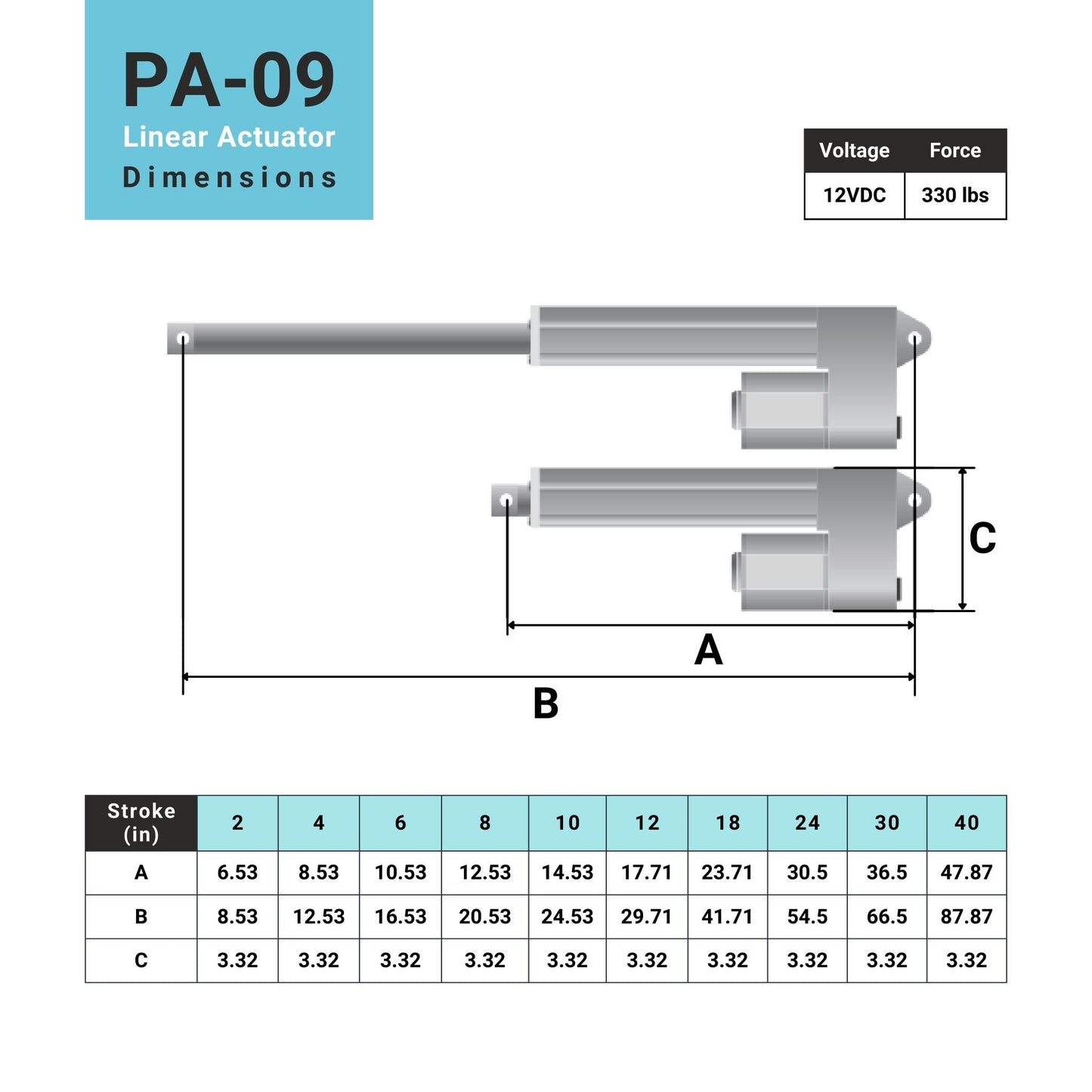
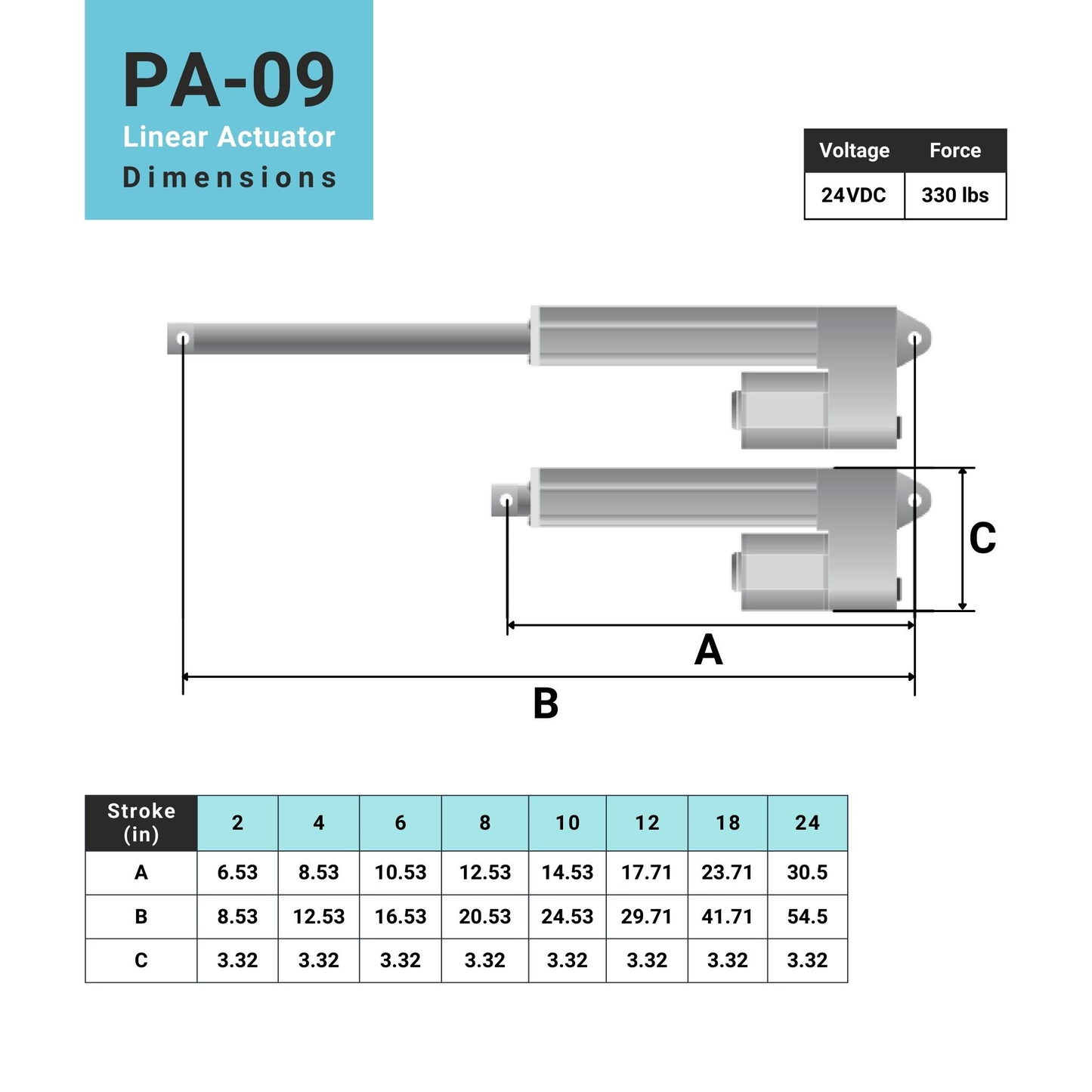
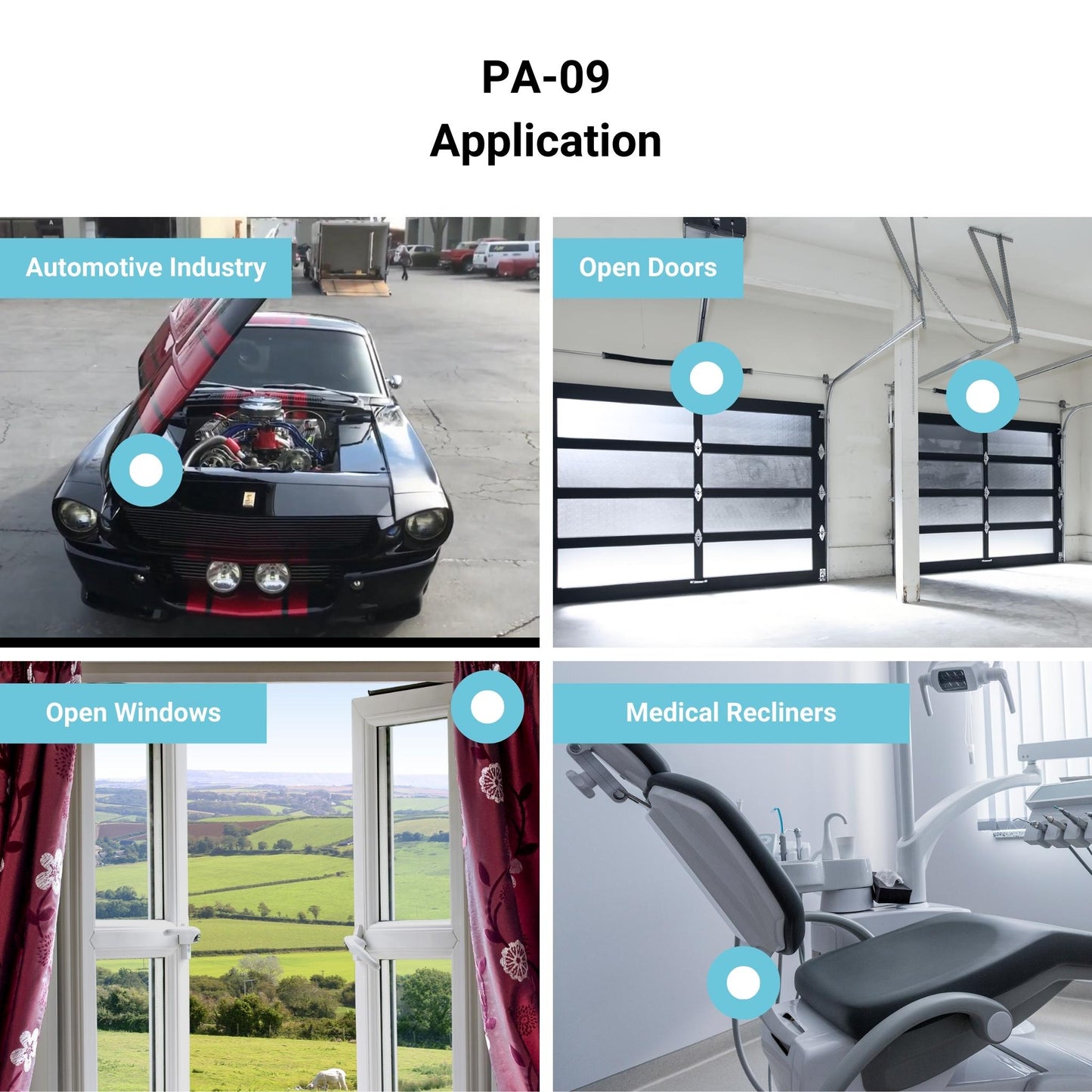
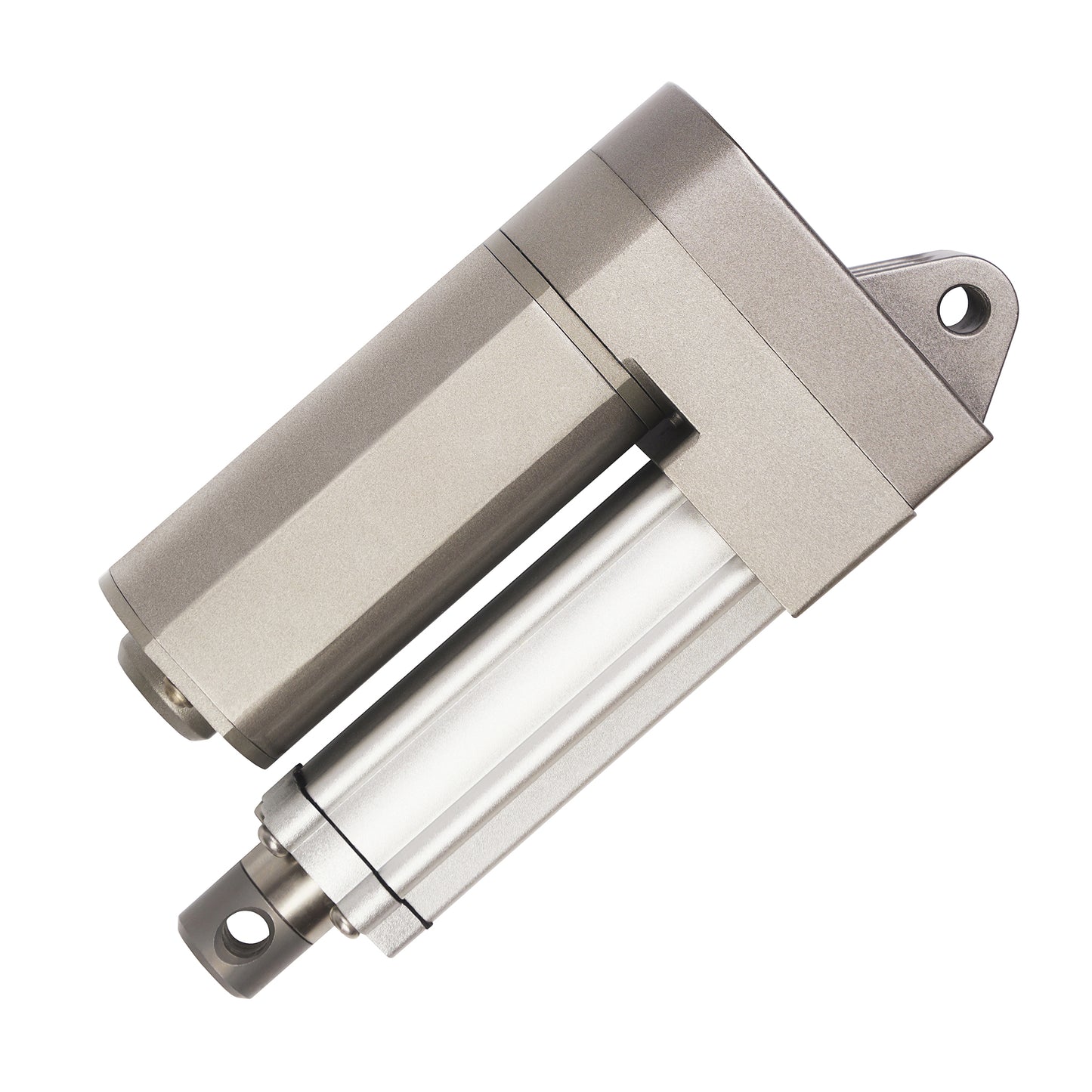
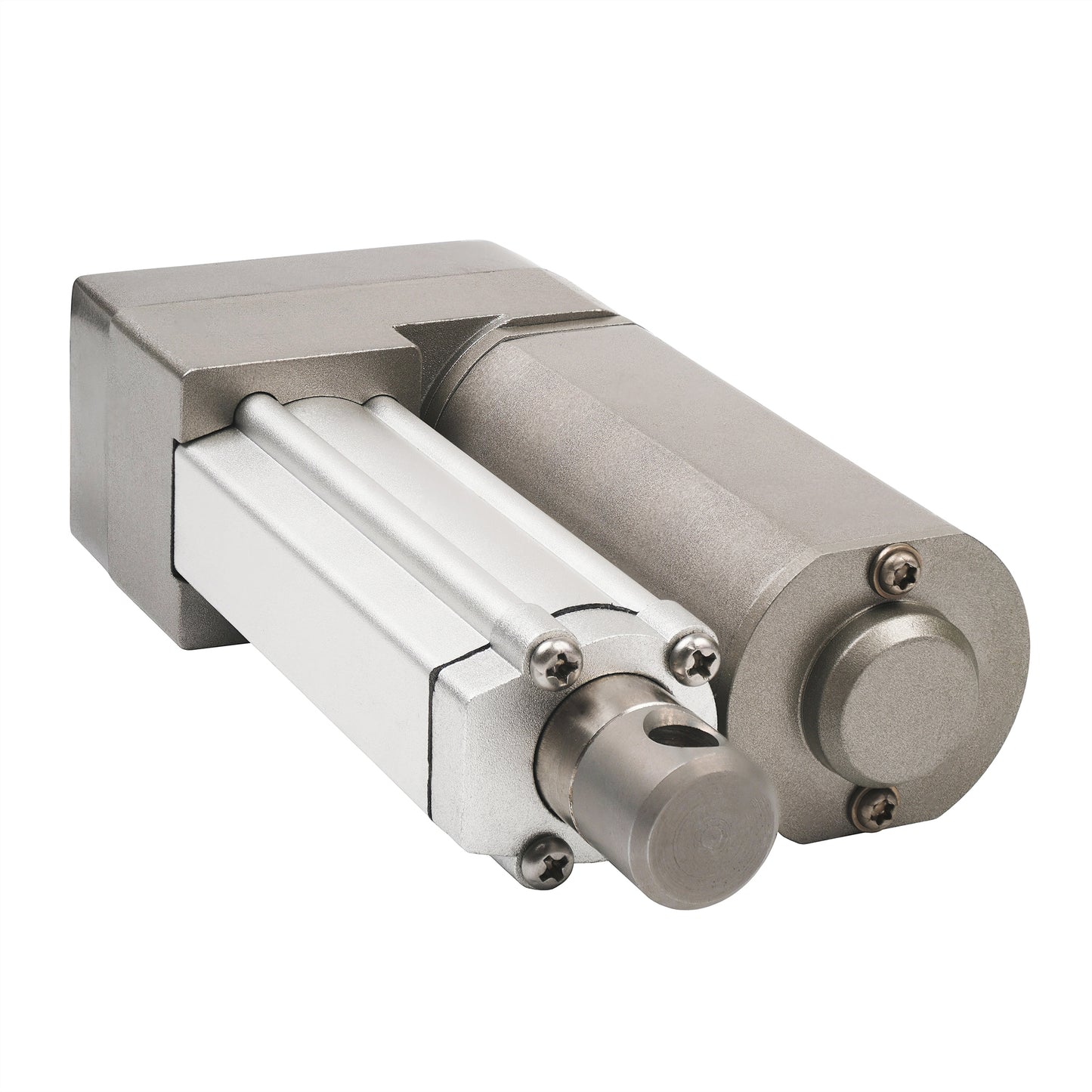
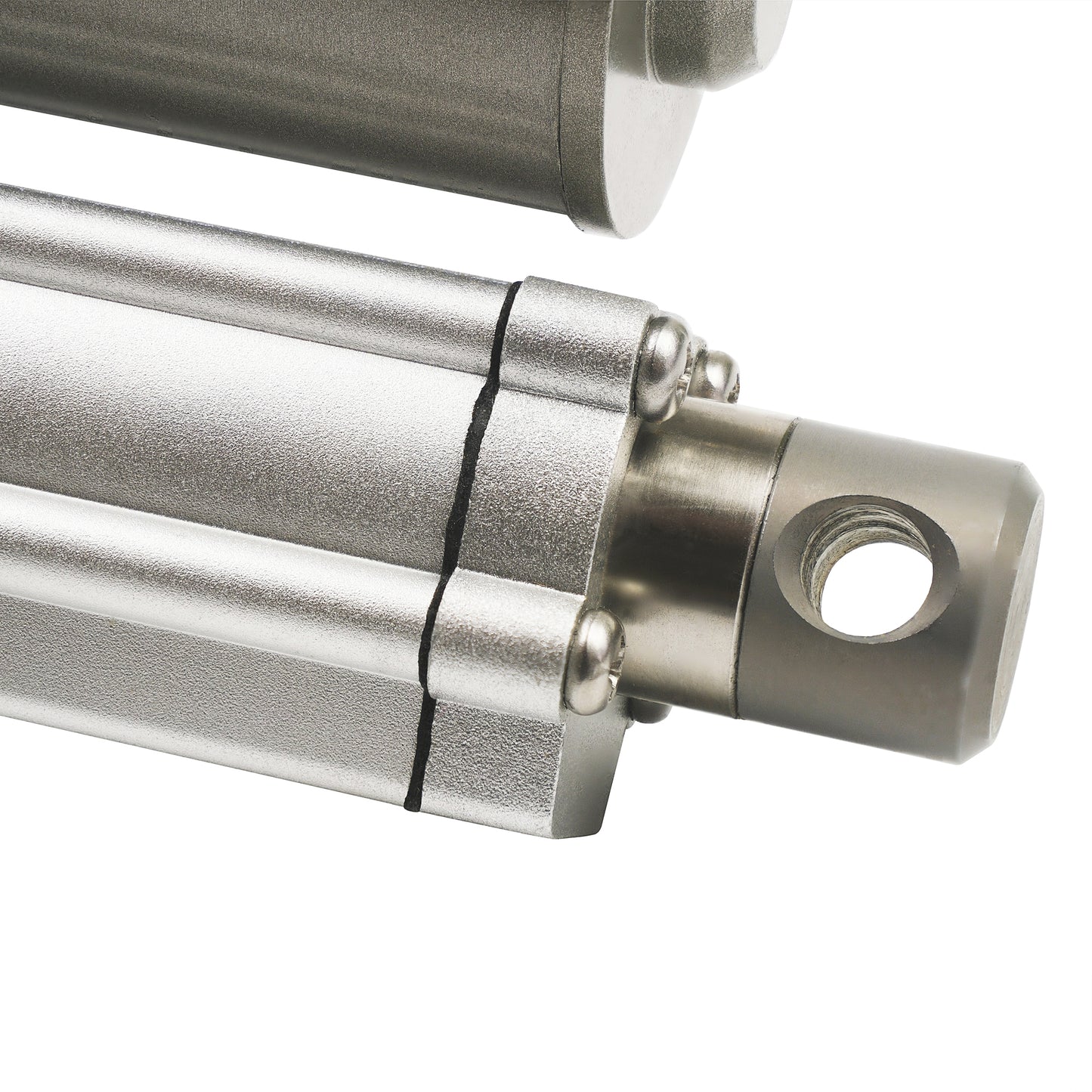
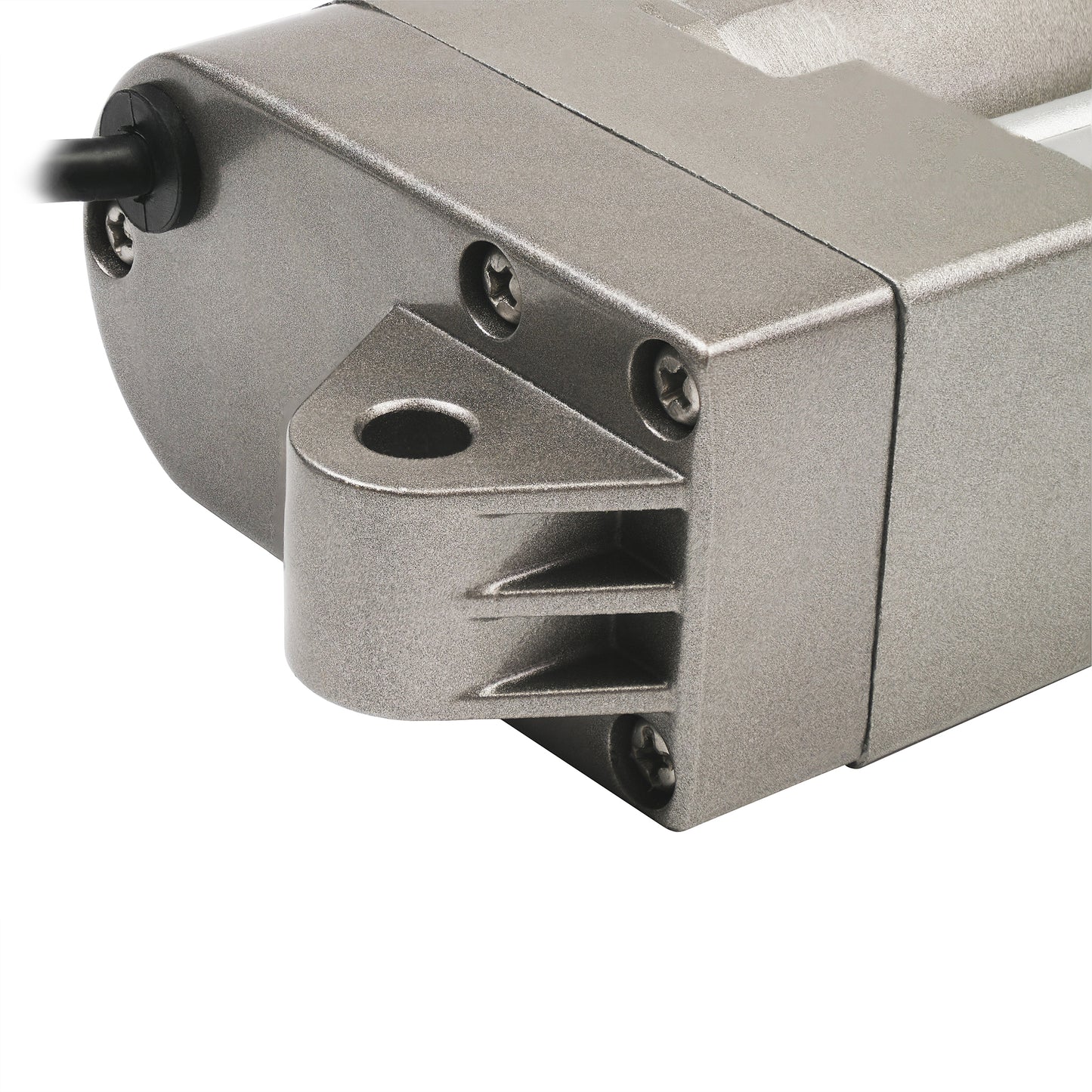
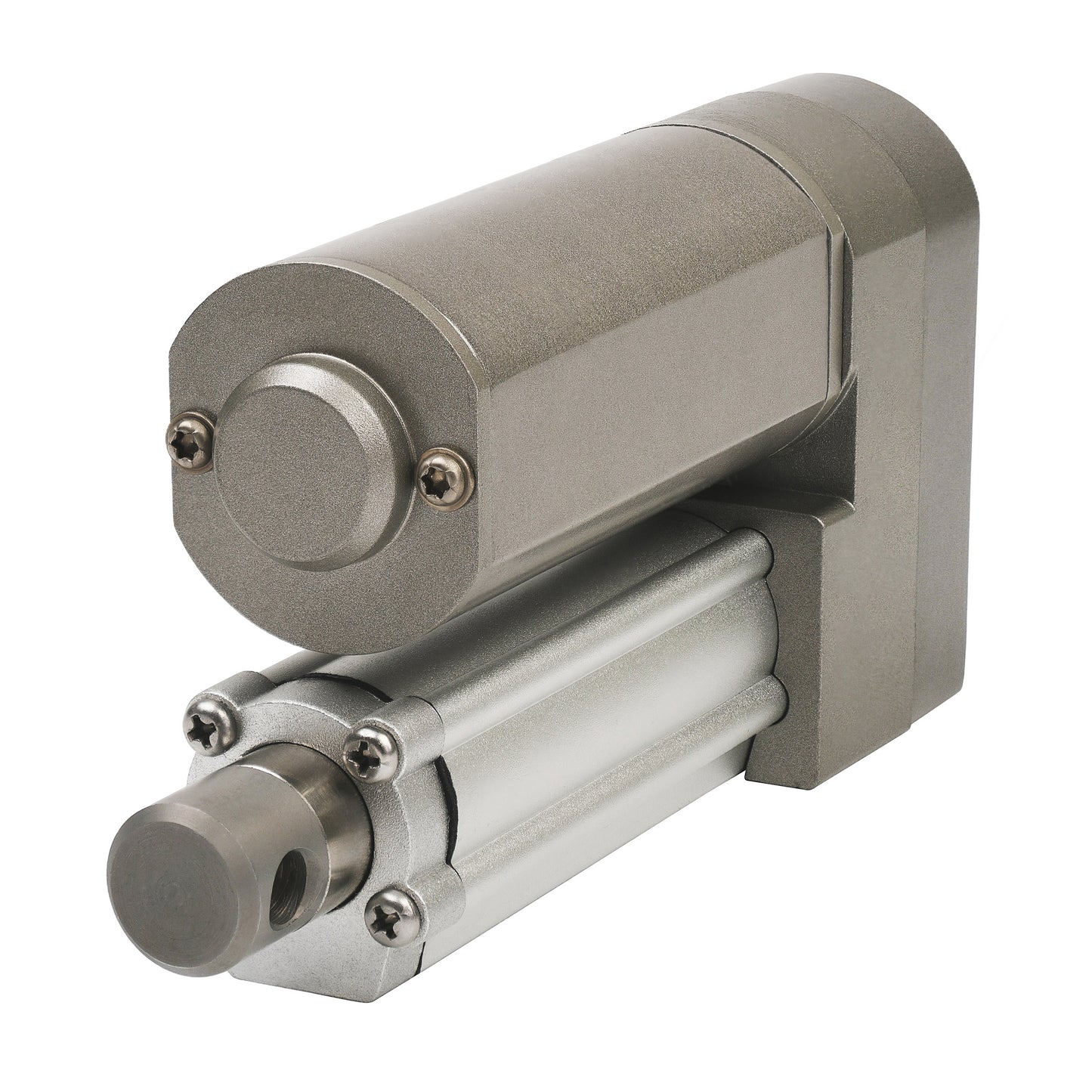
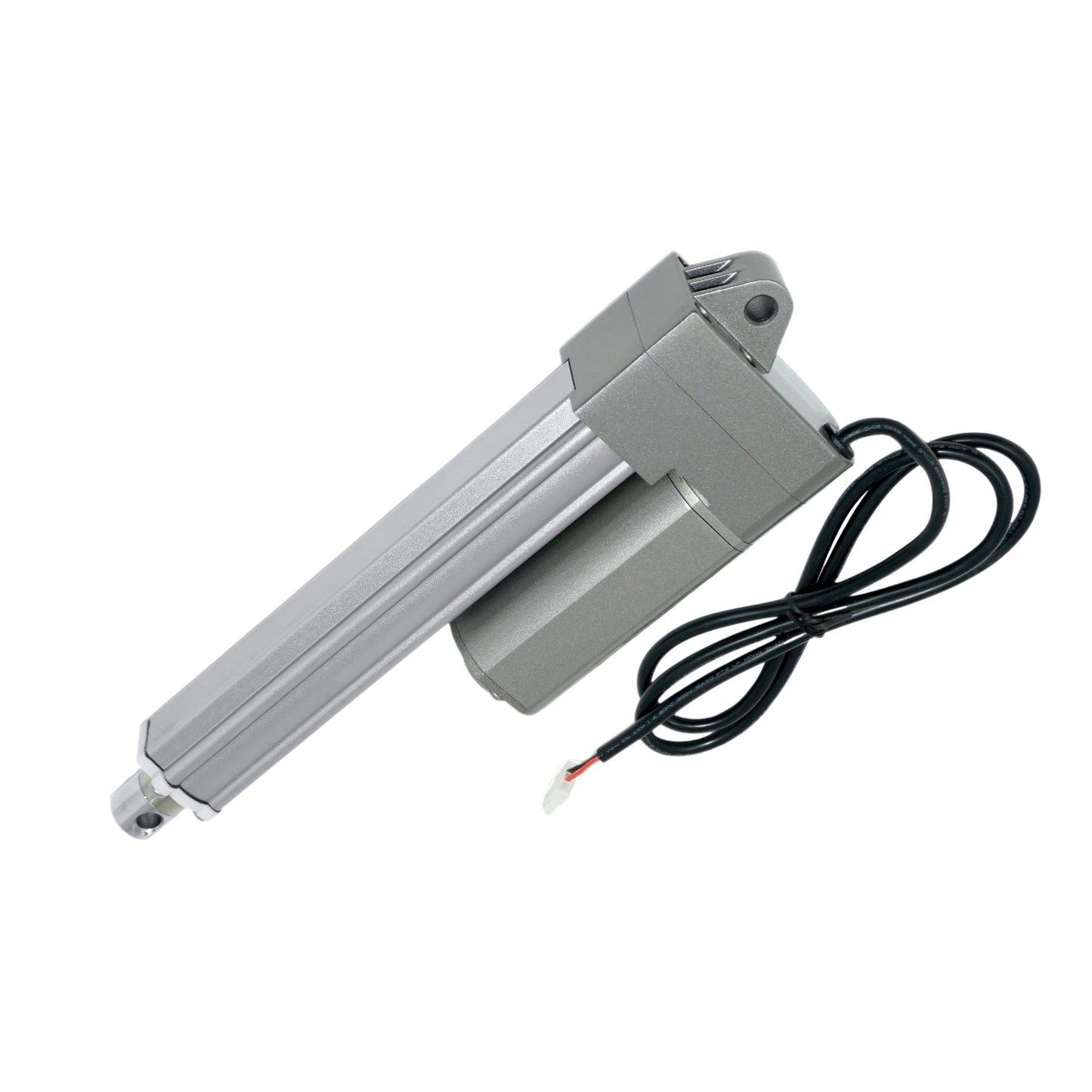
The PA-09 Mini Industrial Linear Actuator enhances the compact features of our PA-14 linear actuator with a stainless steel rod, high force, and an increased environmental protection rating. At max load, the low current draw allows this unit to easily integrate into most low voltage control systems.
Some examples of the key industries that use this actuator include the automotive, home automation, and marine industries. For a full list of specifications, customization options, and dimensional drawings, please see our PA-09 Data Sheet.
Actuators Comparison ChartMOUNTING OPTIONS:
The BRK-09 and BRK-21 brackets, designed for the Mini Industrial Actuator, allows for a simple installation process. The BRK-10 is also available for additional mounting support on the stroke housing. For more detailed information and specifications, please see our brackets product page.
CONTROL SYSTEMS:
The low current draw allows for connectivity with most of our control systems. For more information about our plug-n-play control boxes and development micro-controllers, please see our control systems page.
Custom options
Looking for an actuator but the specifications don't exactly match what you require? We have an extensive list of customization capabilities to ensure you get exactly what you need for your project. Download this product's data sheet and find out more about your customization options!
The PA-09 Mini Industrial Linear Actuator enhances the compact features of our PA-14 linear actuator with a stainless steel rod, high force, and an increased environmental protection rating. At max load, the low current draw allows this unit to easily integrate into most low voltage control systems.
Some examples of the key industries that use this actuator include the automotive, home automation, and marine industries. For a full list of specifications, customization options, and dimensional drawings, please see our PA-09 Data Sheet.
Actuators Comparison ChartMOUNTING OPTIONS:
The BRK-09 and BRK-21 brackets, designed for the Mini Industrial Actuator, allows for a simple installation process. The BRK-10 is also available for additional mounting support on the stroke housing. For more detailed information and specifications, please see our brackets product page.
CONTROL SYSTEMS:
The low current draw allows for connectivity with most of our control systems. For more information about our plug-n-play control boxes and development micro-controllers, please see our control systems page.
Custom options
Looking for an actuator but the specifications don't exactly match what you require? We have an extensive list of customization capabilities to ensure you get exactly what you need for your project. Download this product's data sheet and find out more about your customization options!
Following a set of standards is crucial for businesses to ensure their products and services can meet a level of quality that promotes customer satisfaction. At Progressive Automations, we aim for nothing but the best for our customers and strive toward continual improvements. Because of this, we are excited to announce that Progressive Automations is now ISO 9001:2015 certified!
Quality You Can Trust – Learn More2D/3D models

